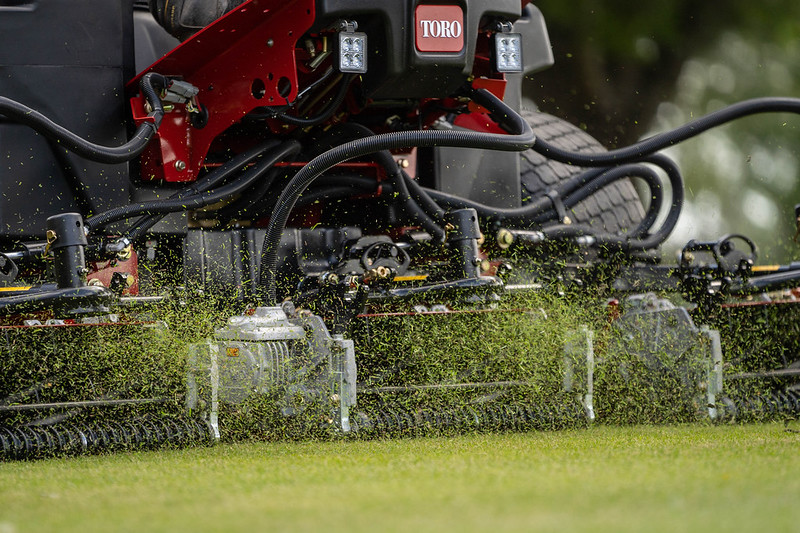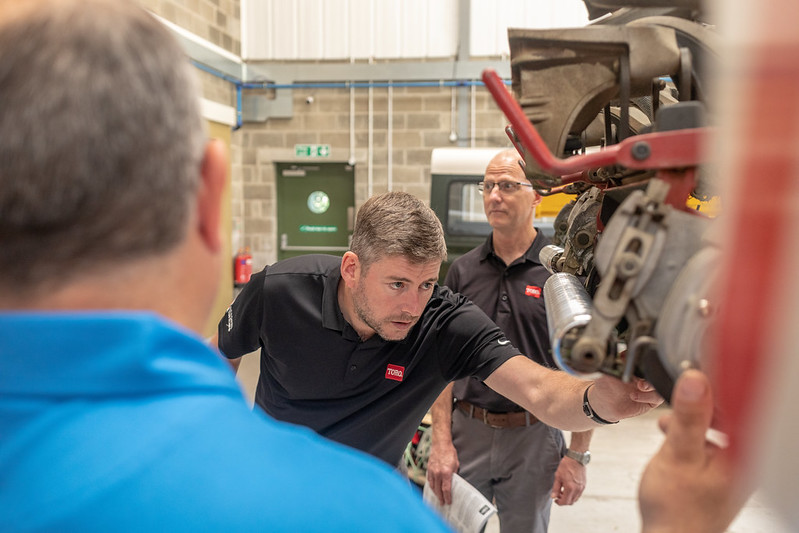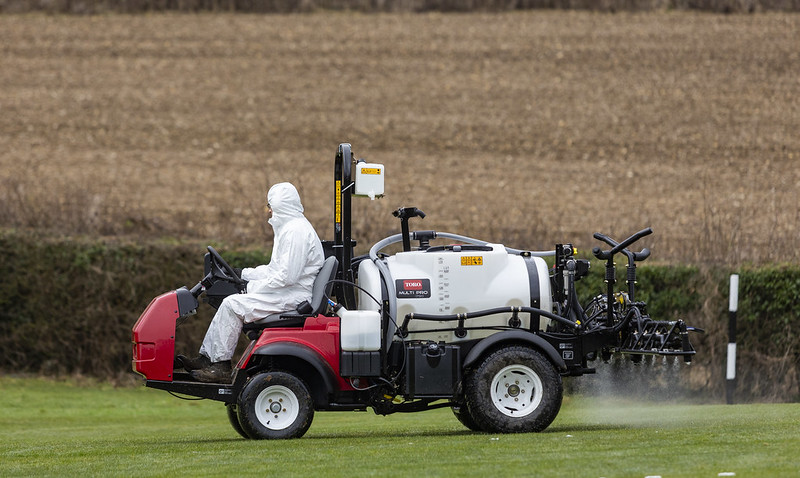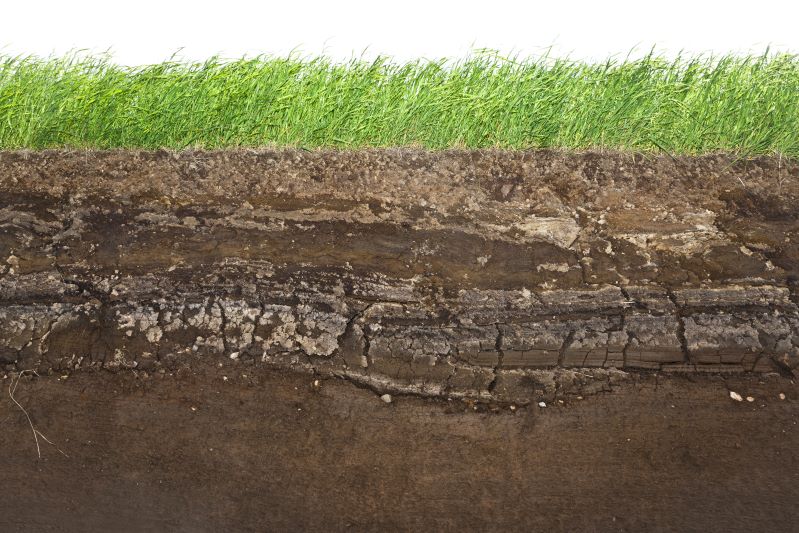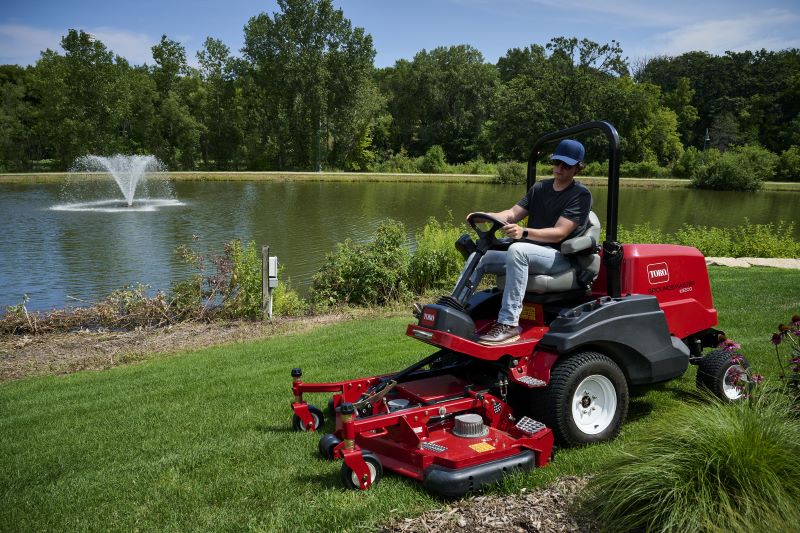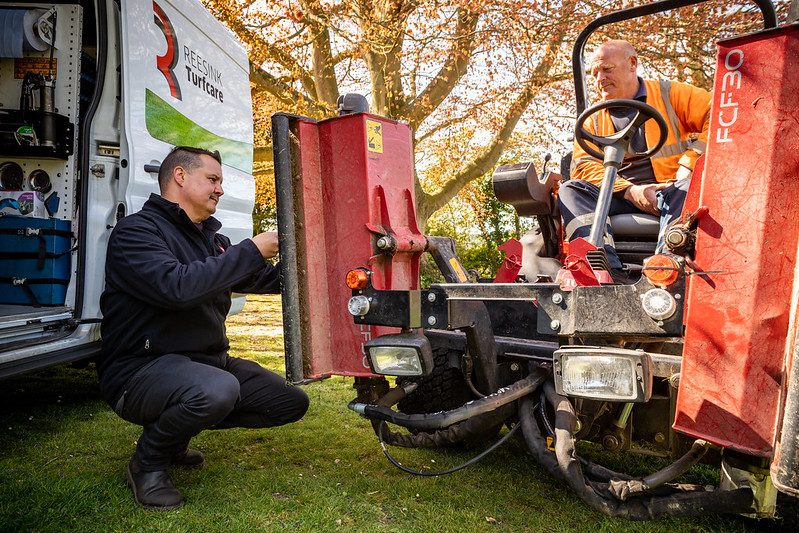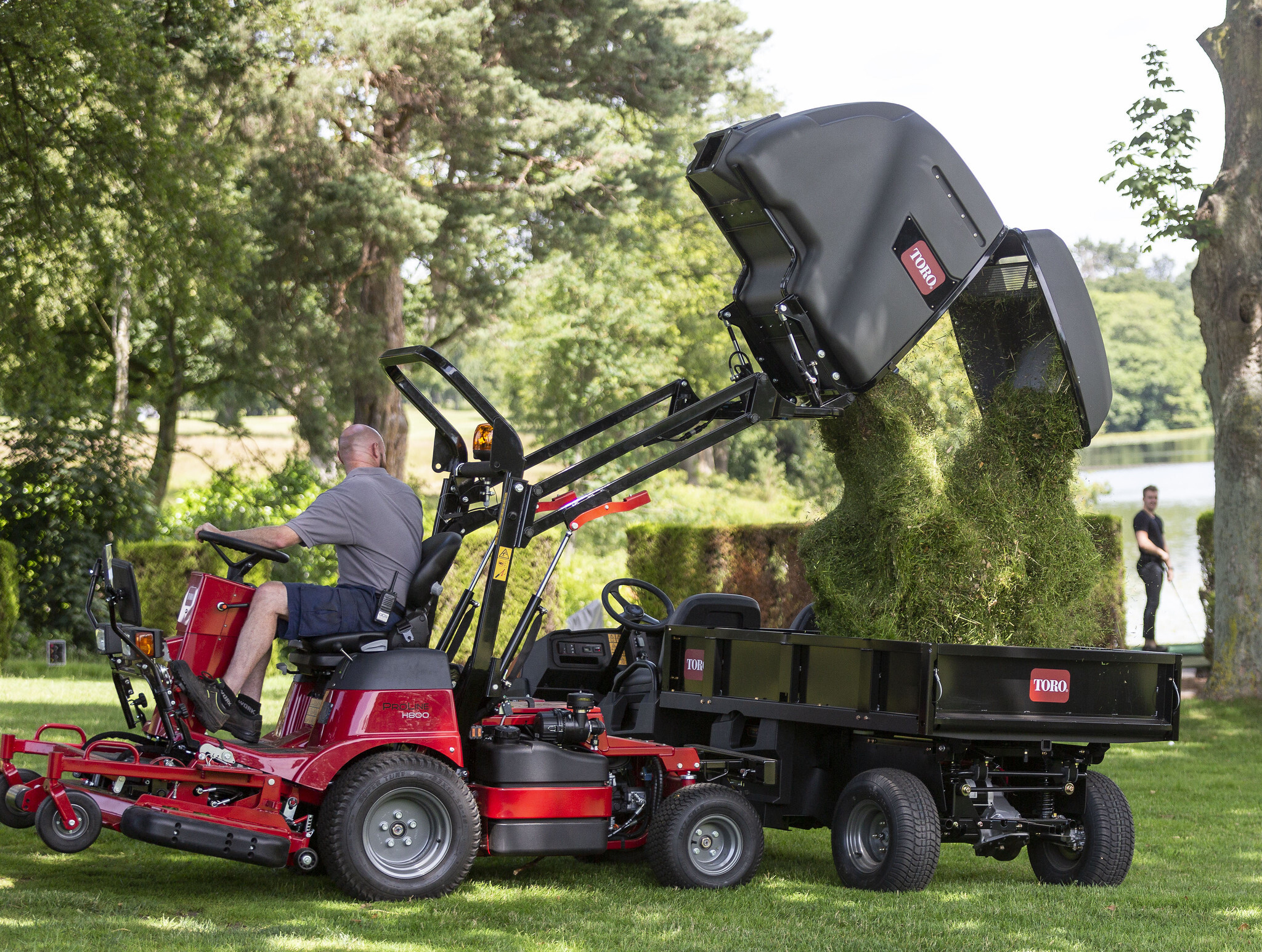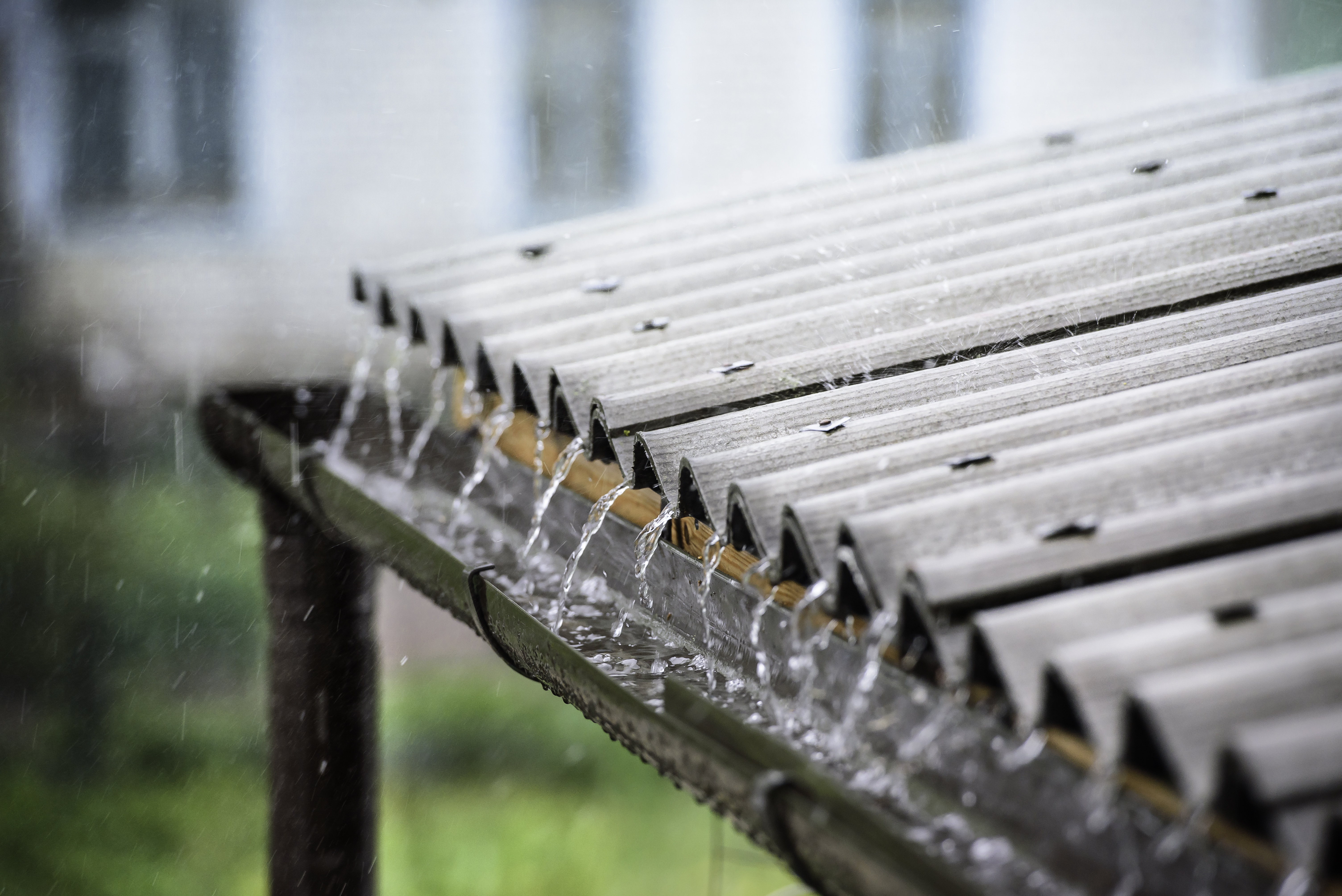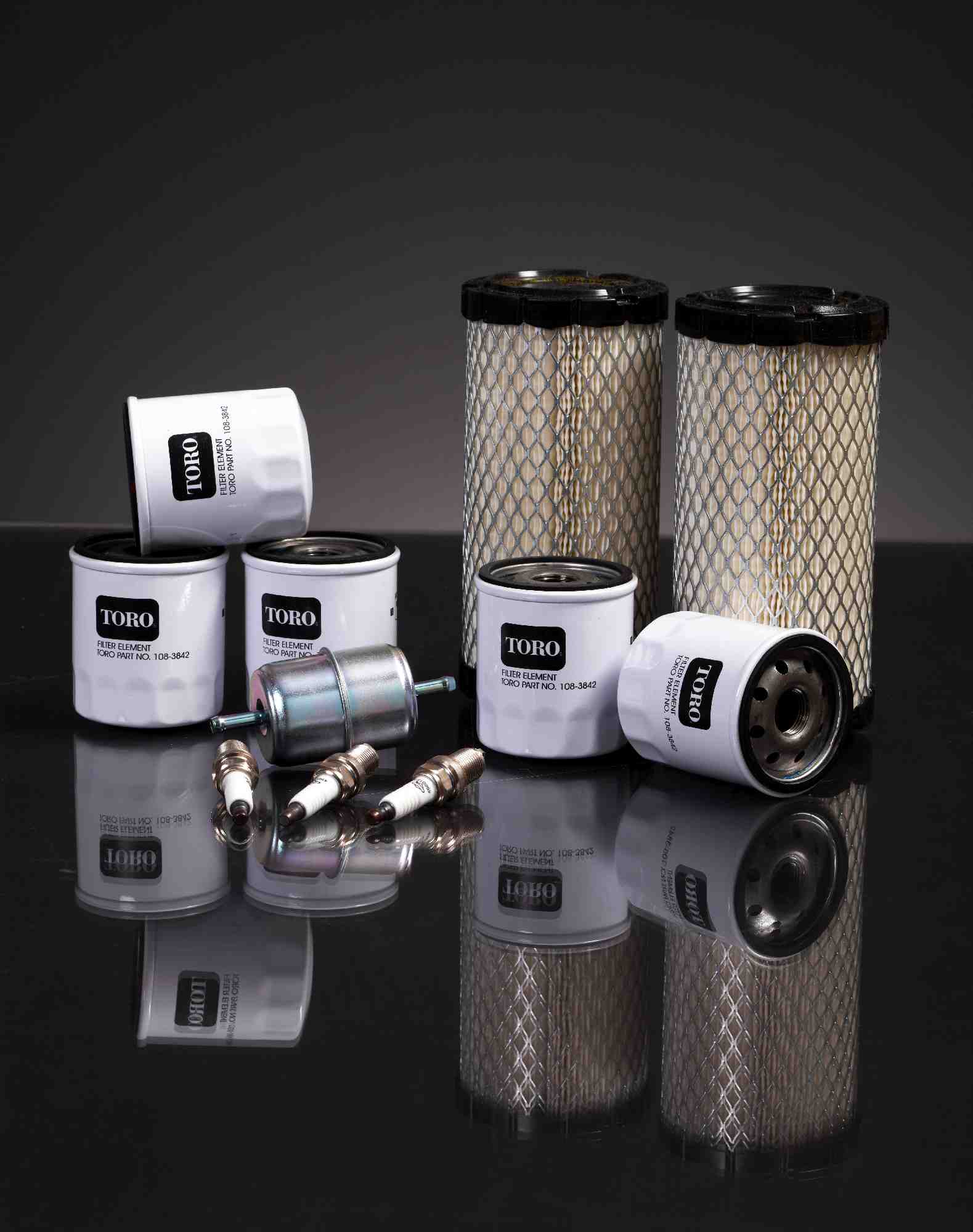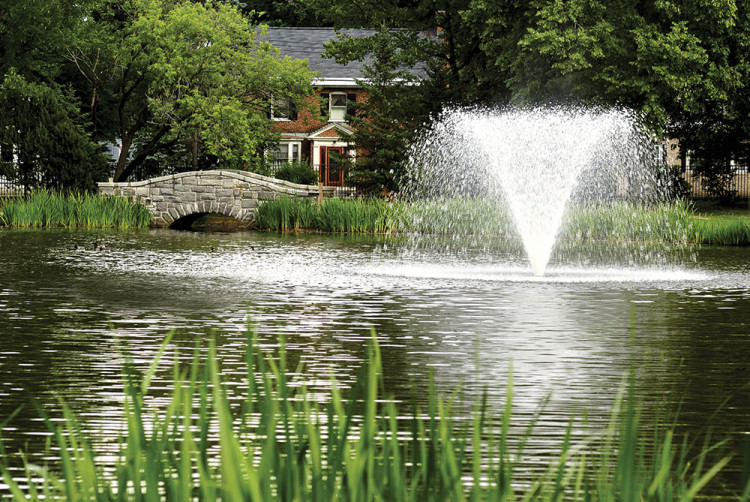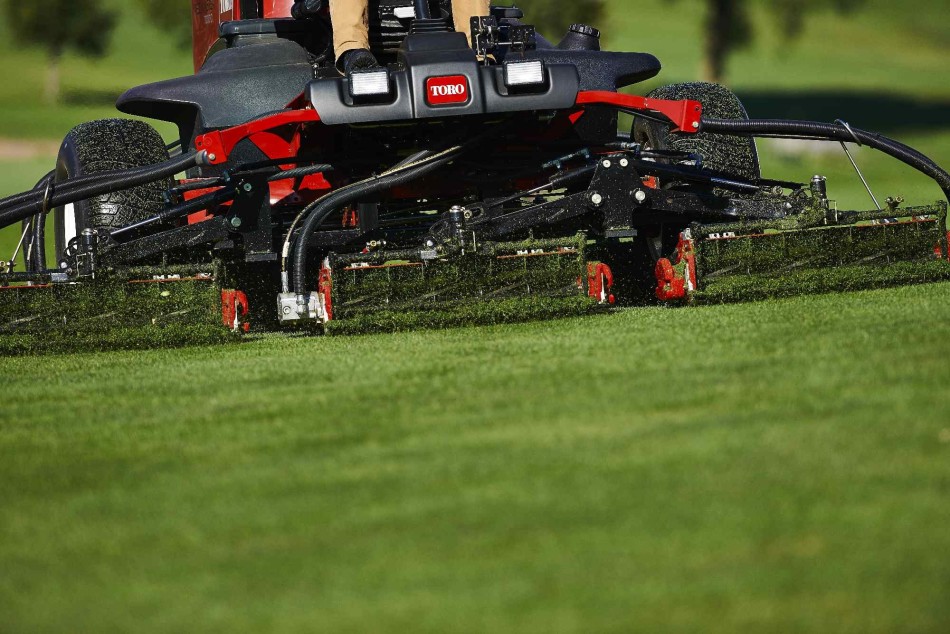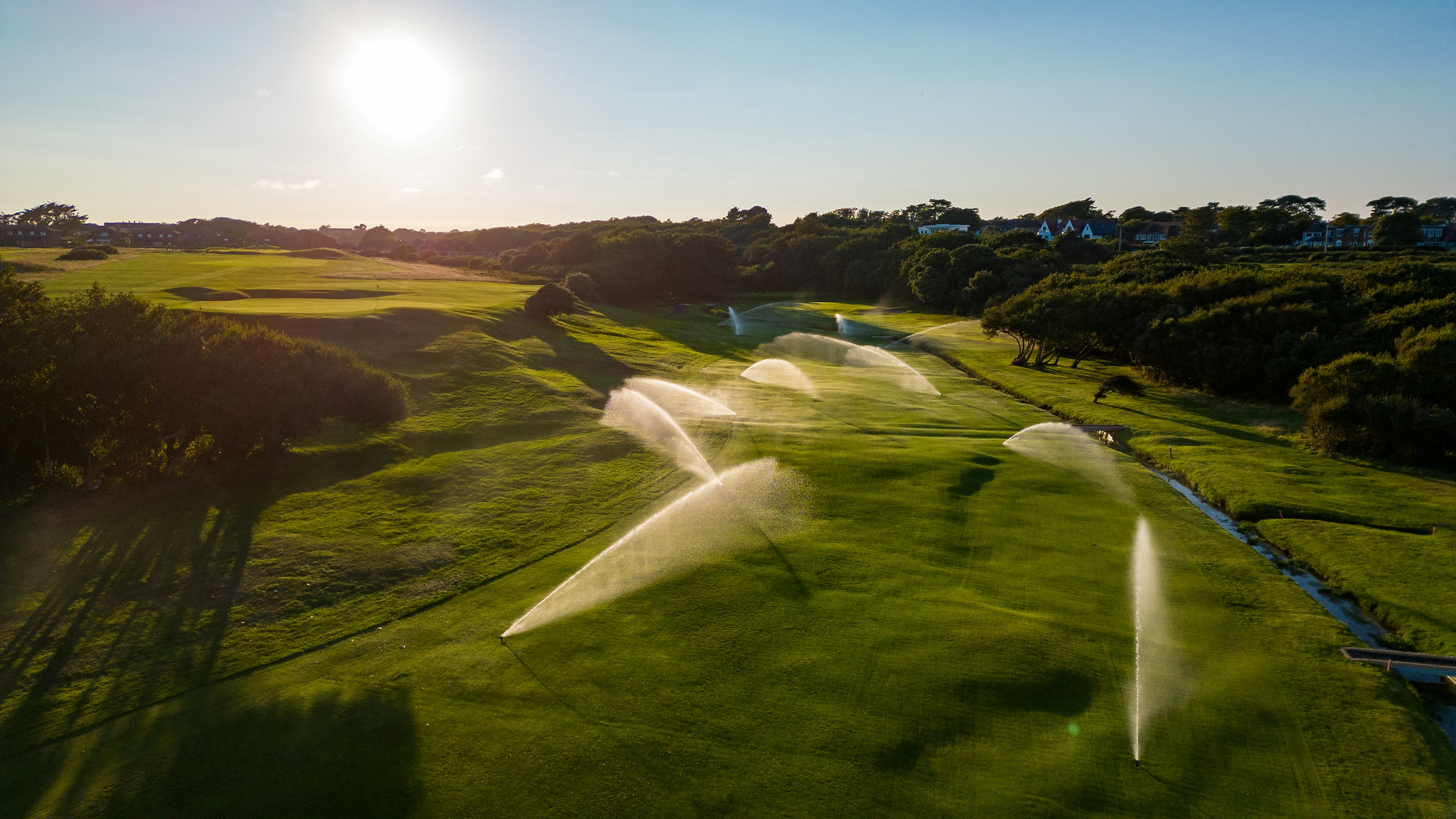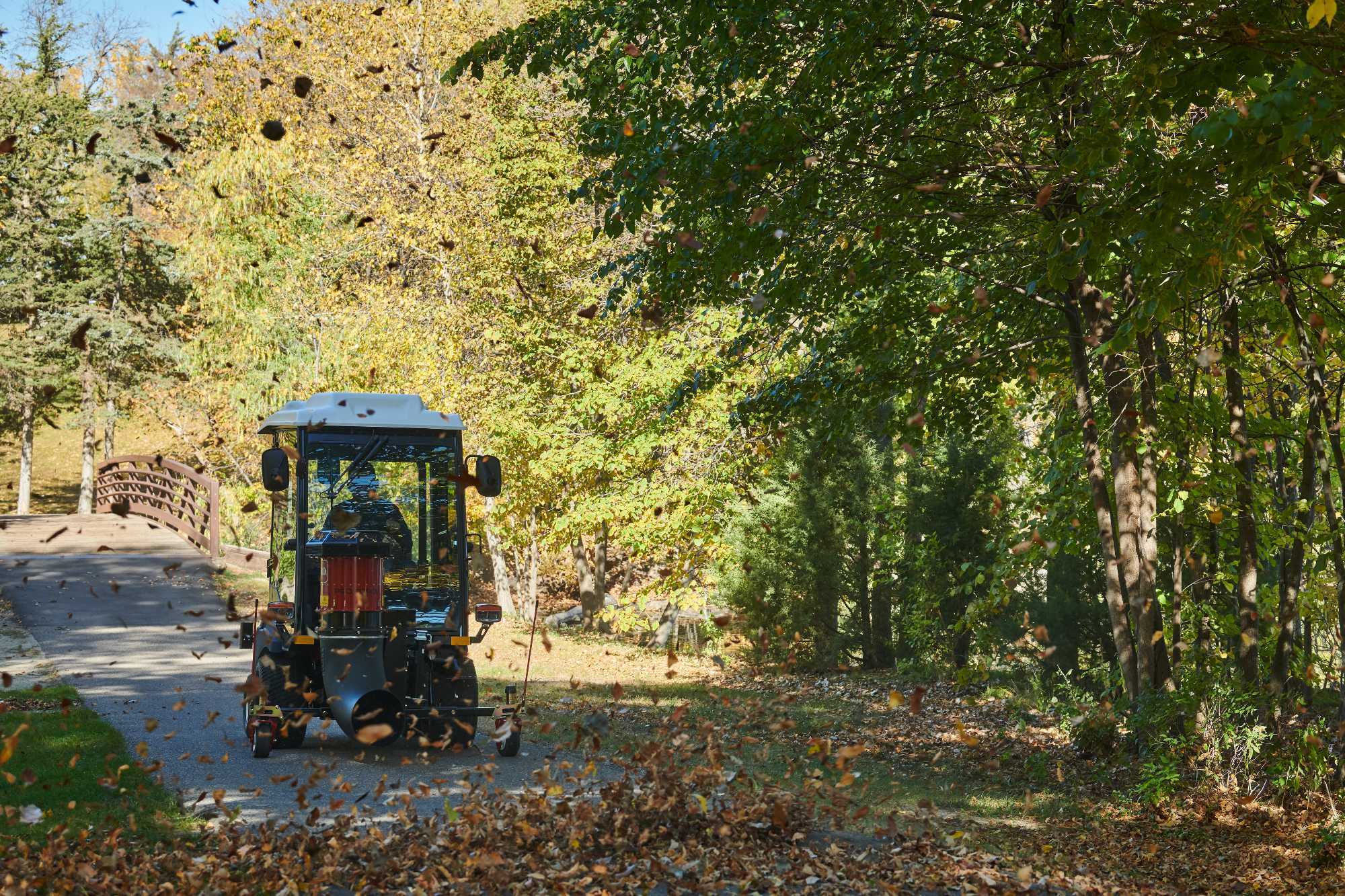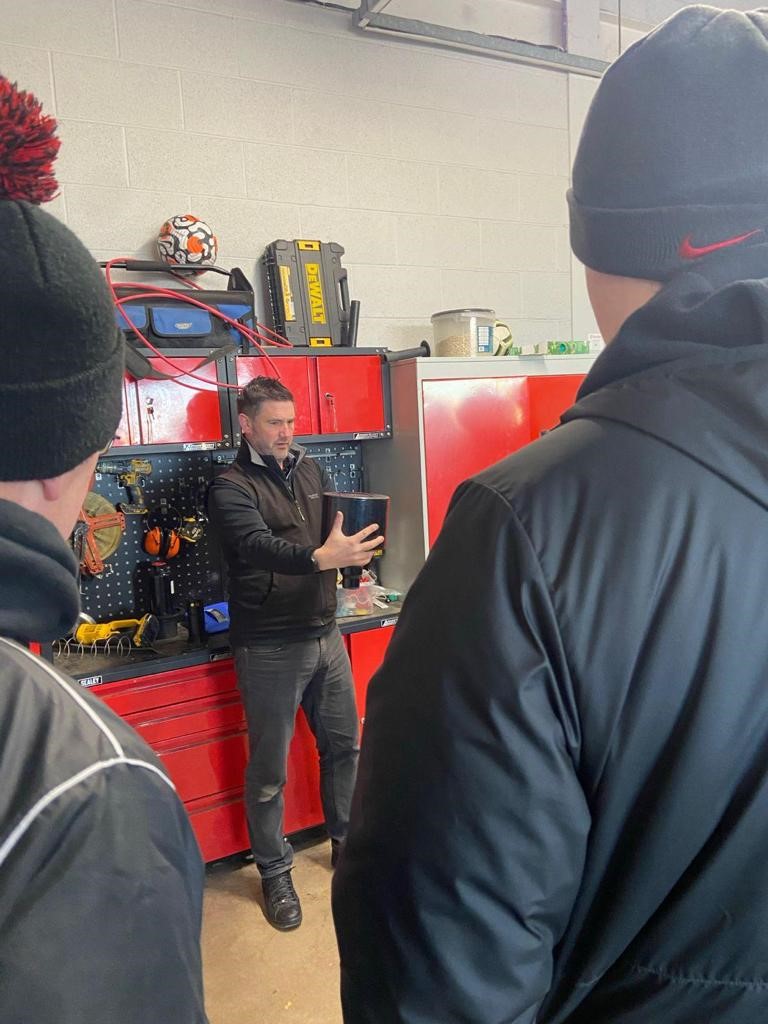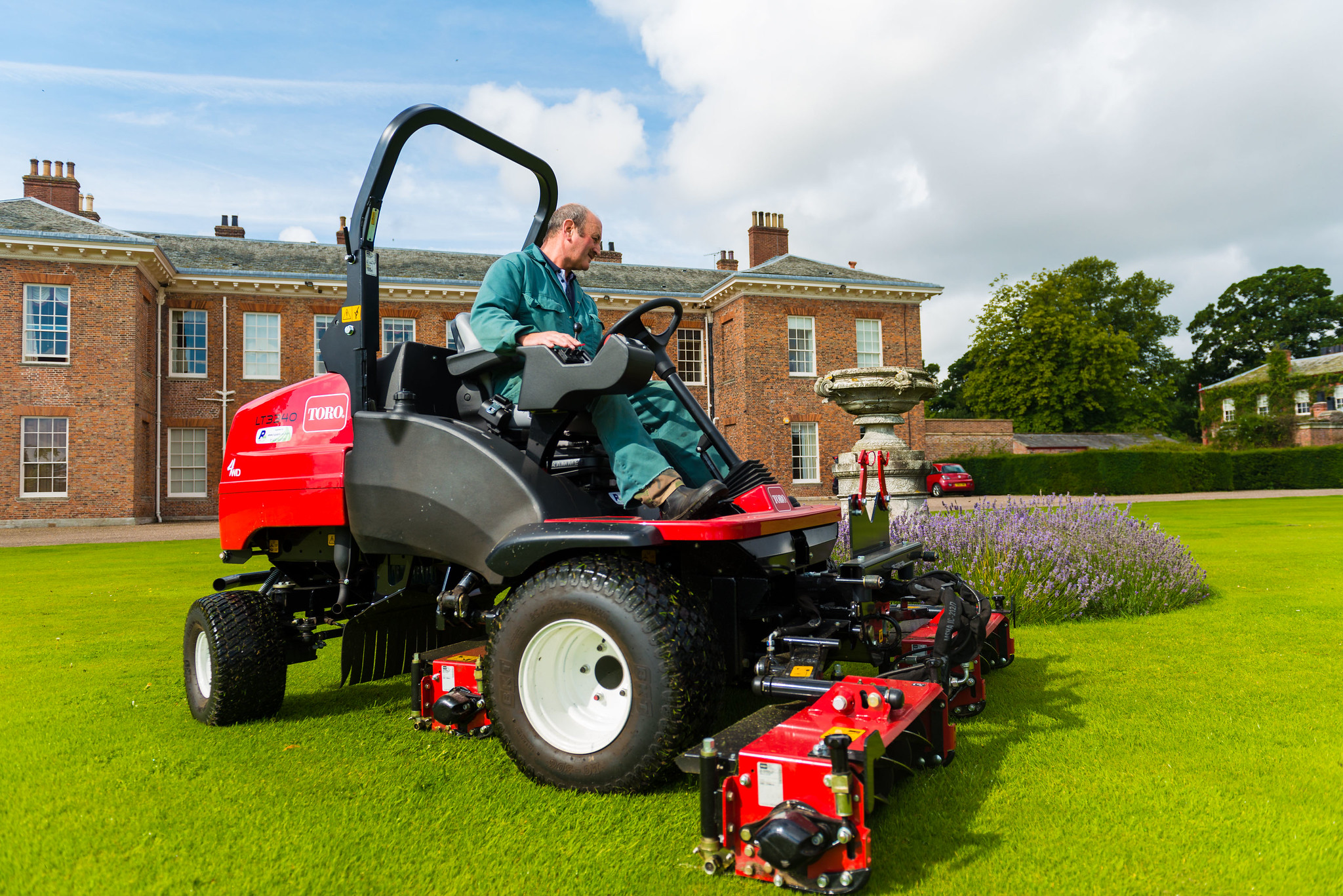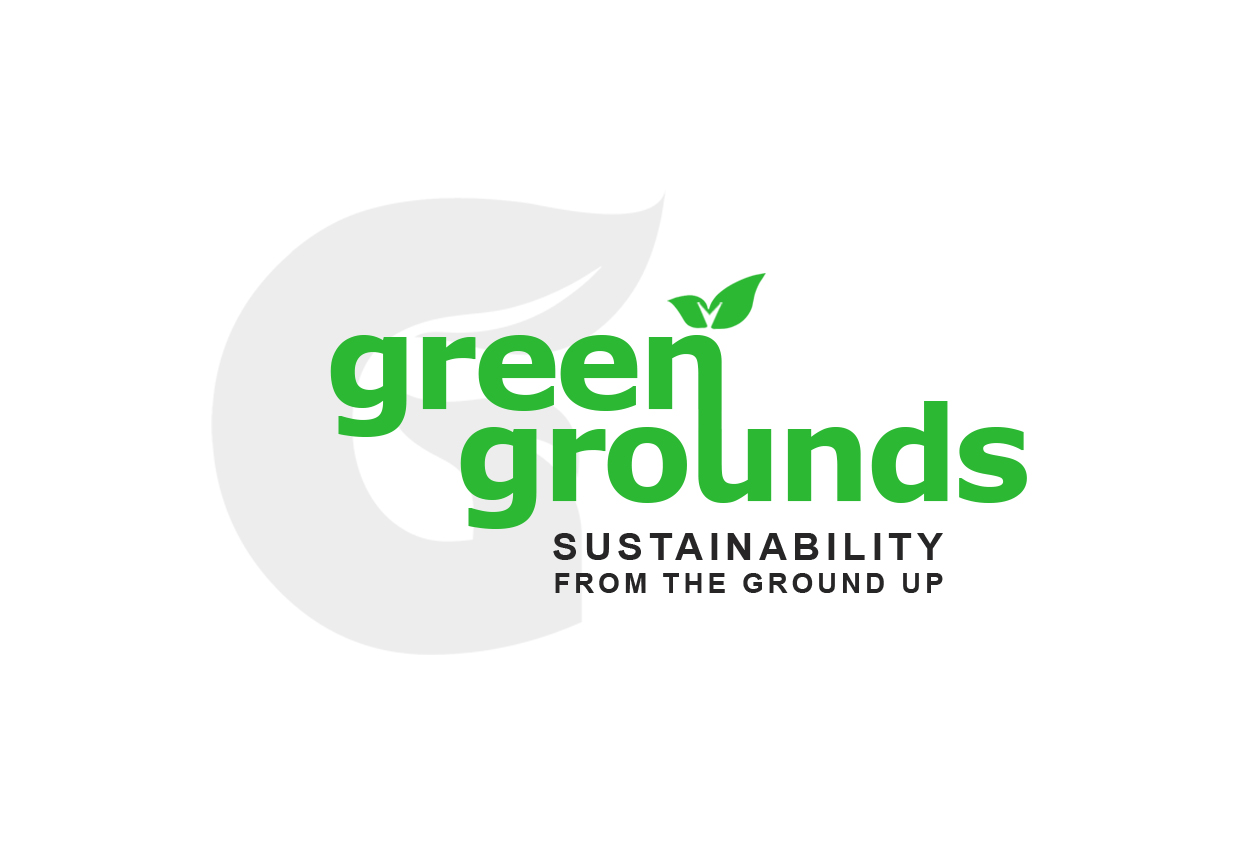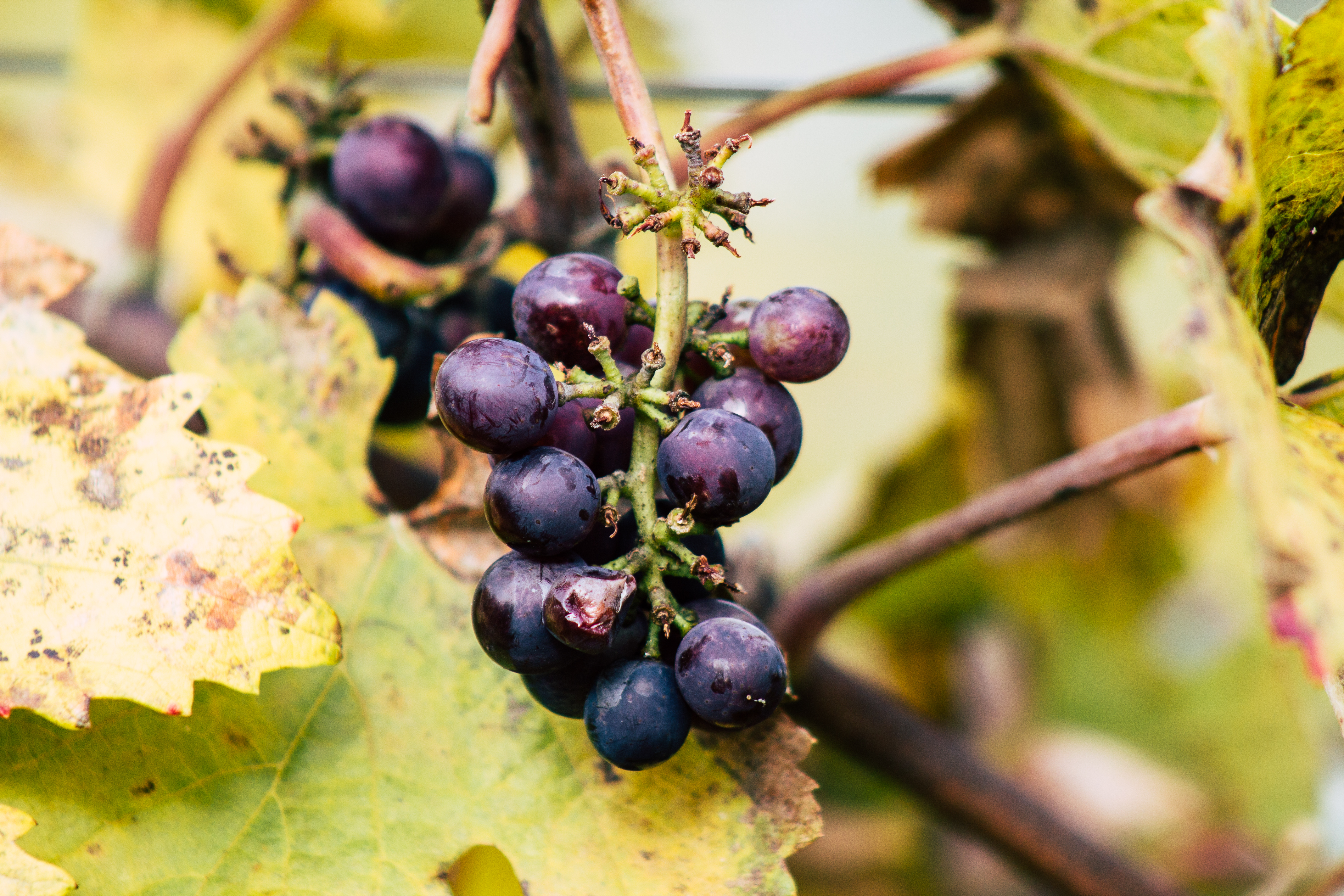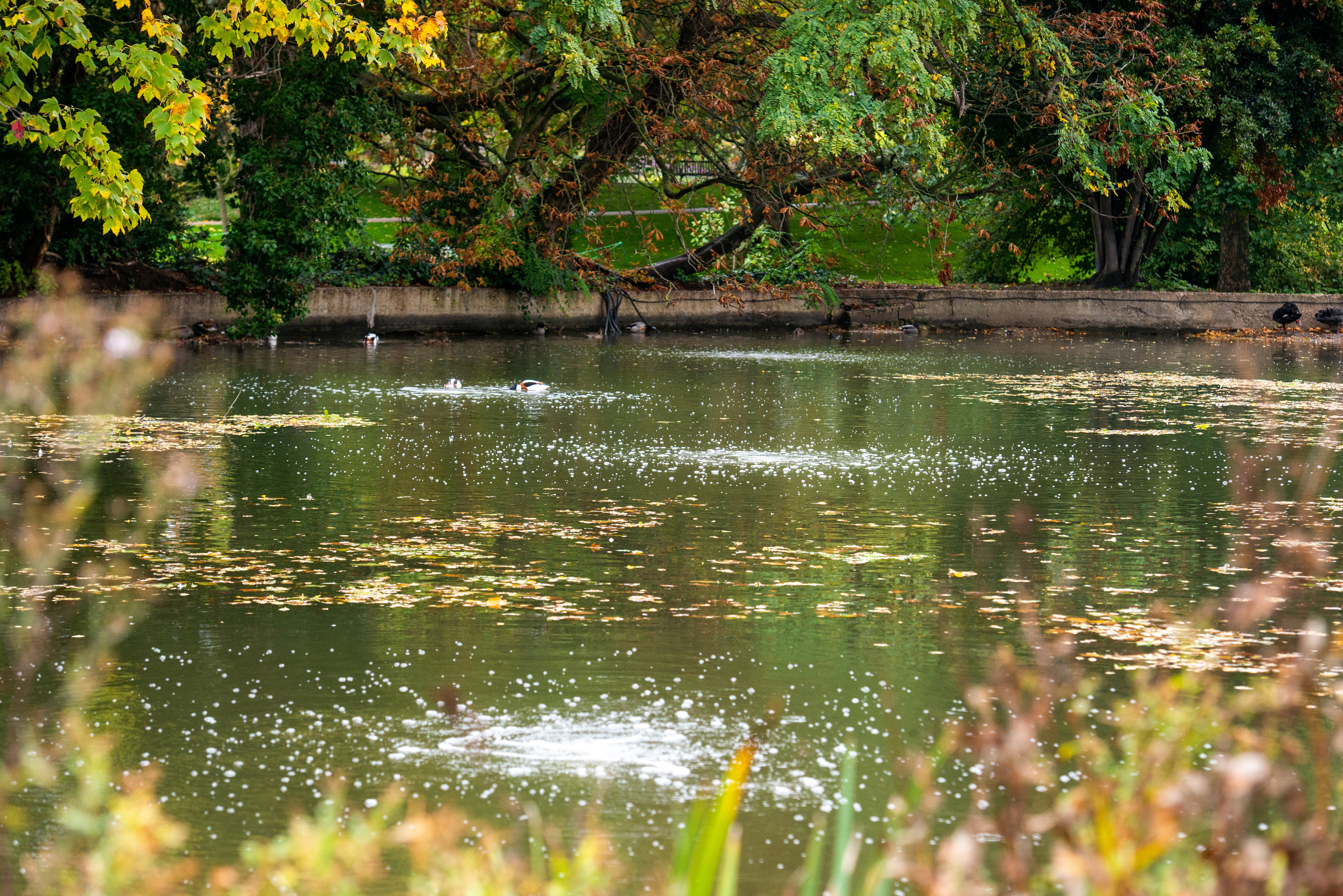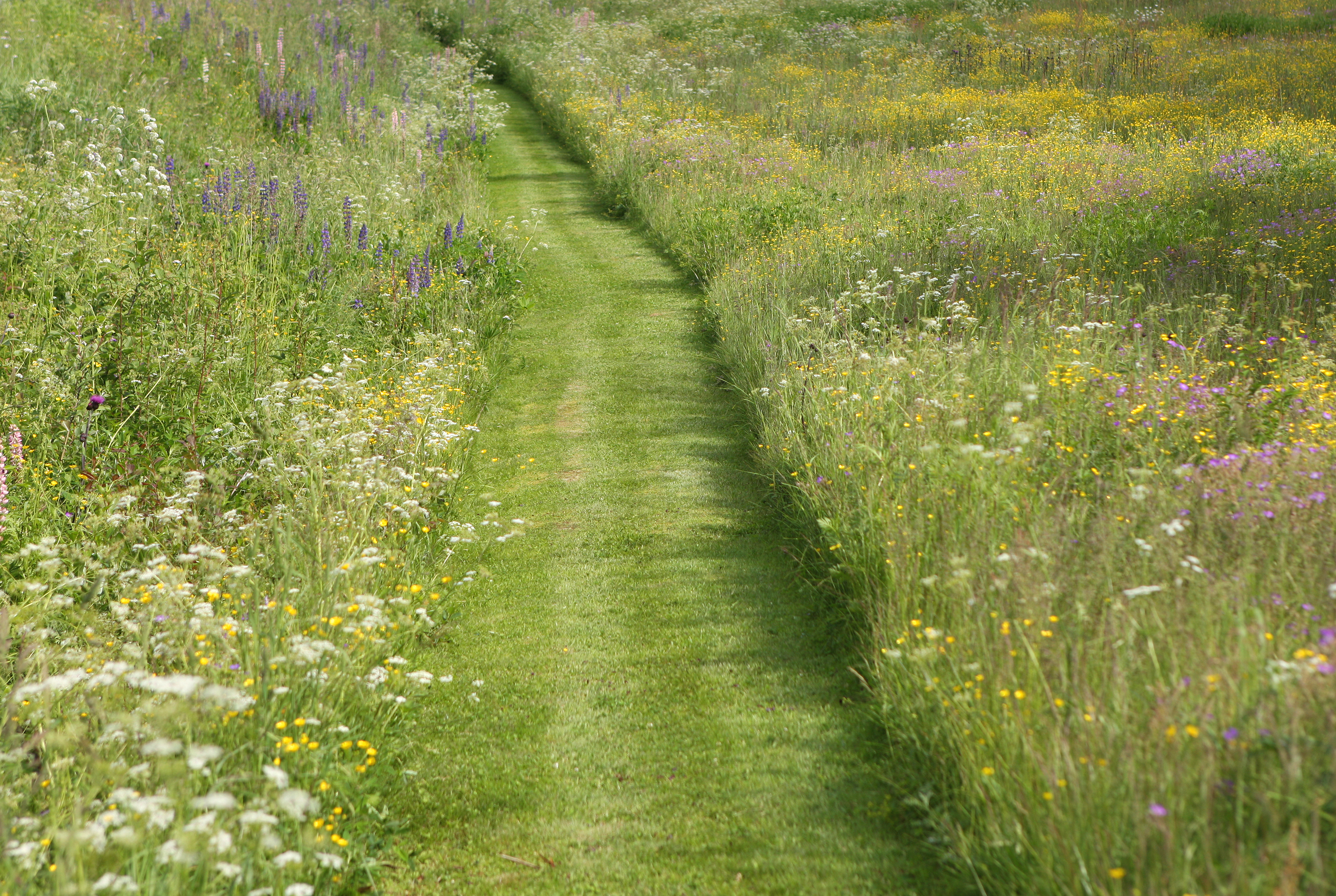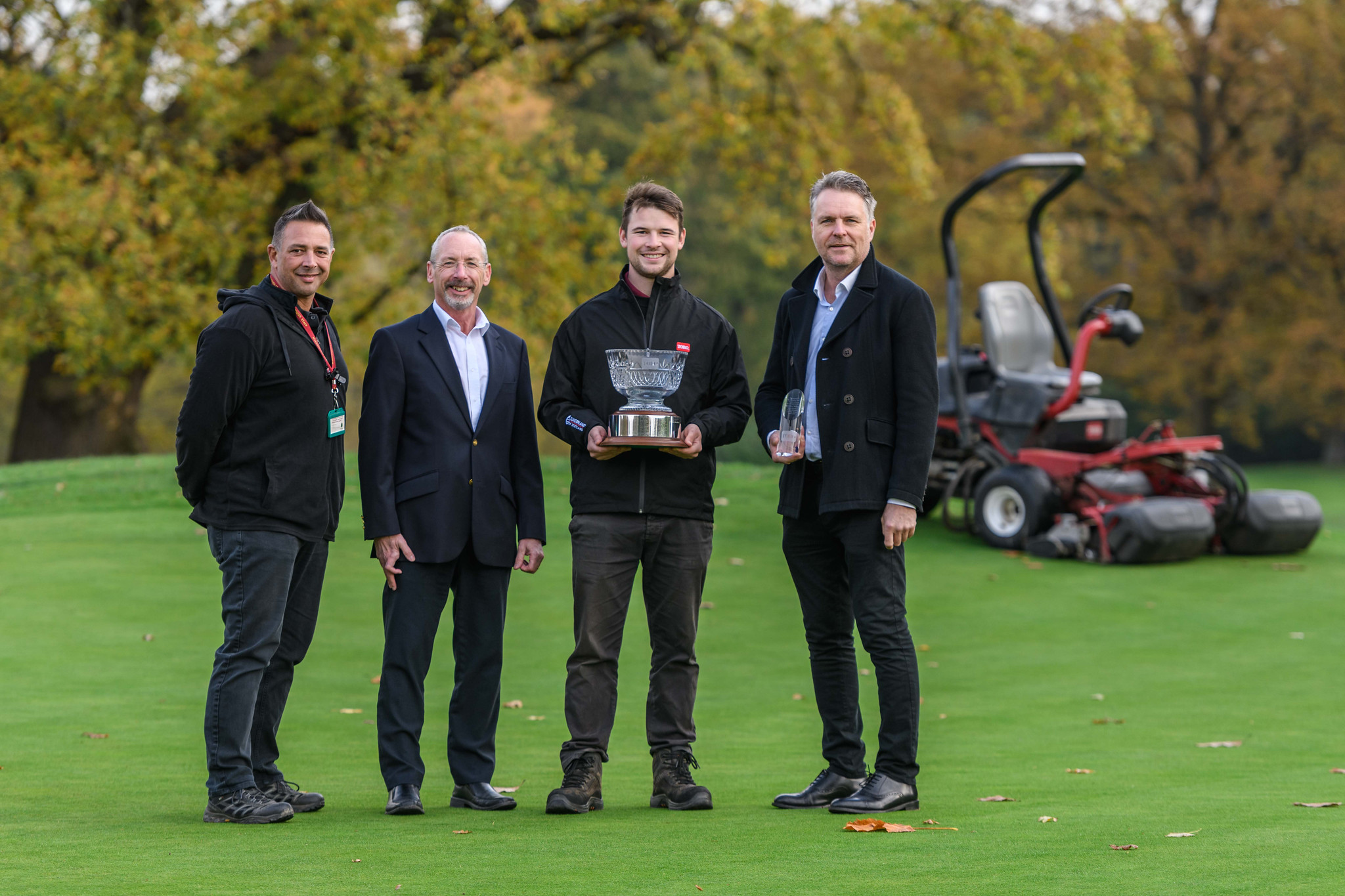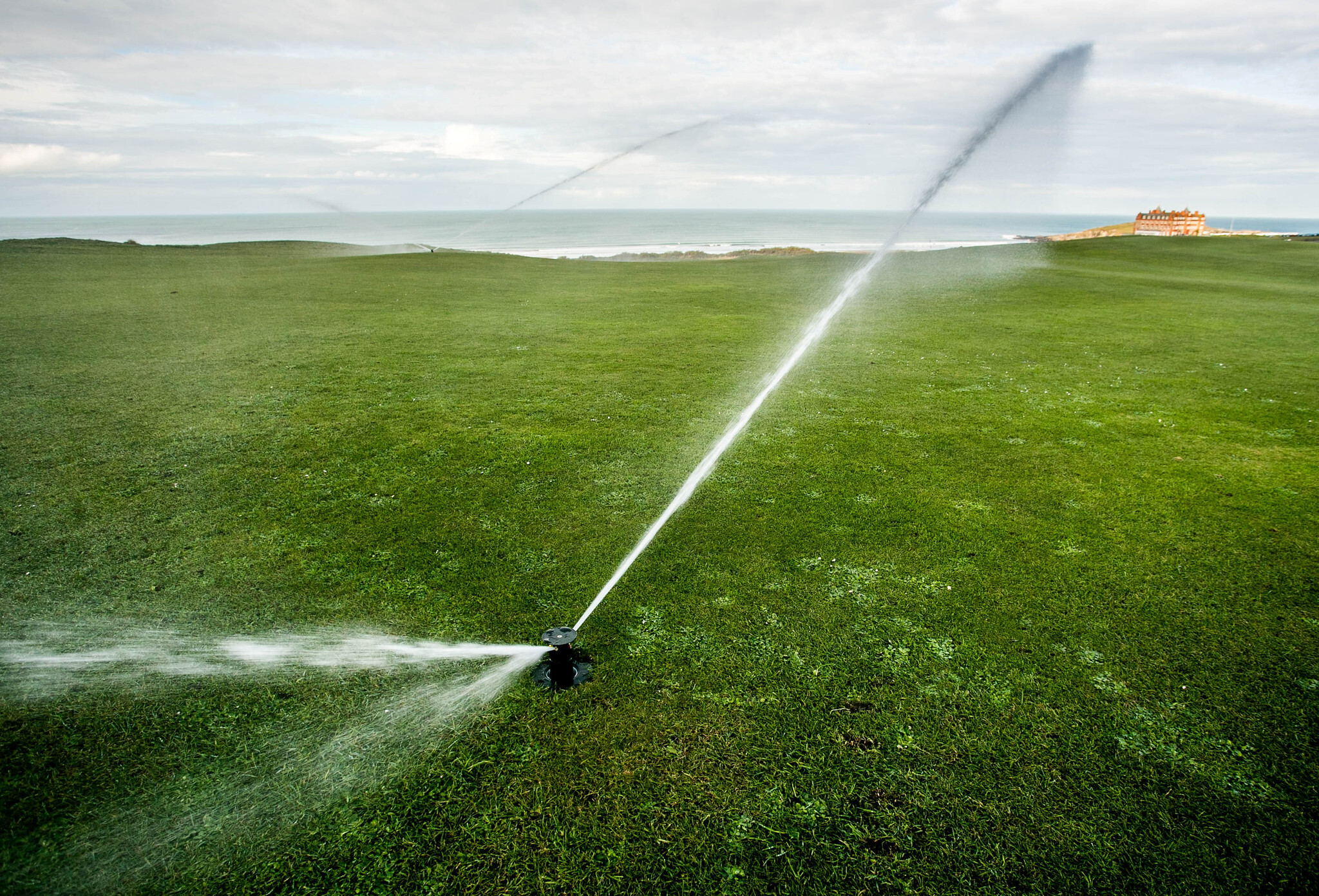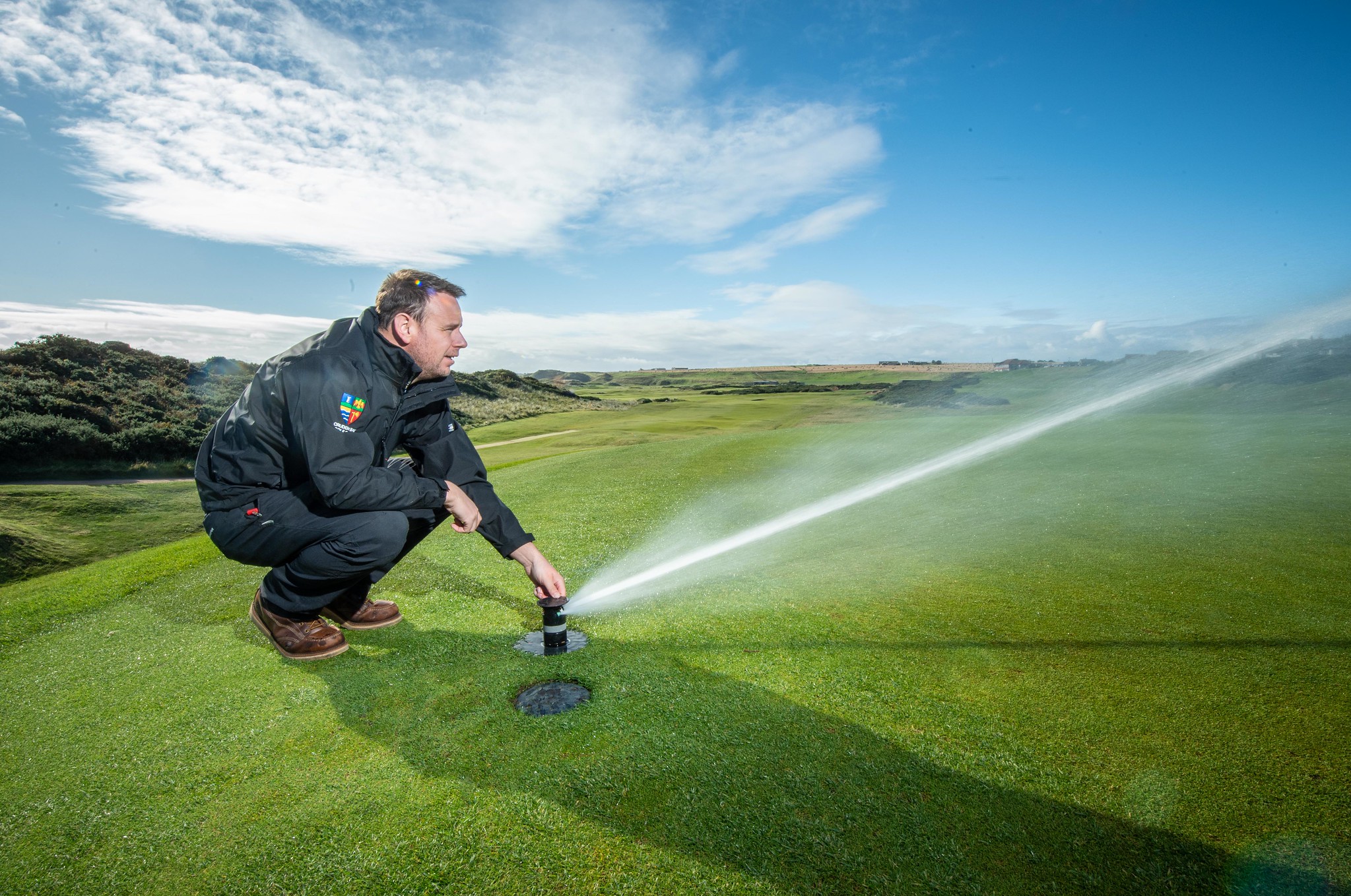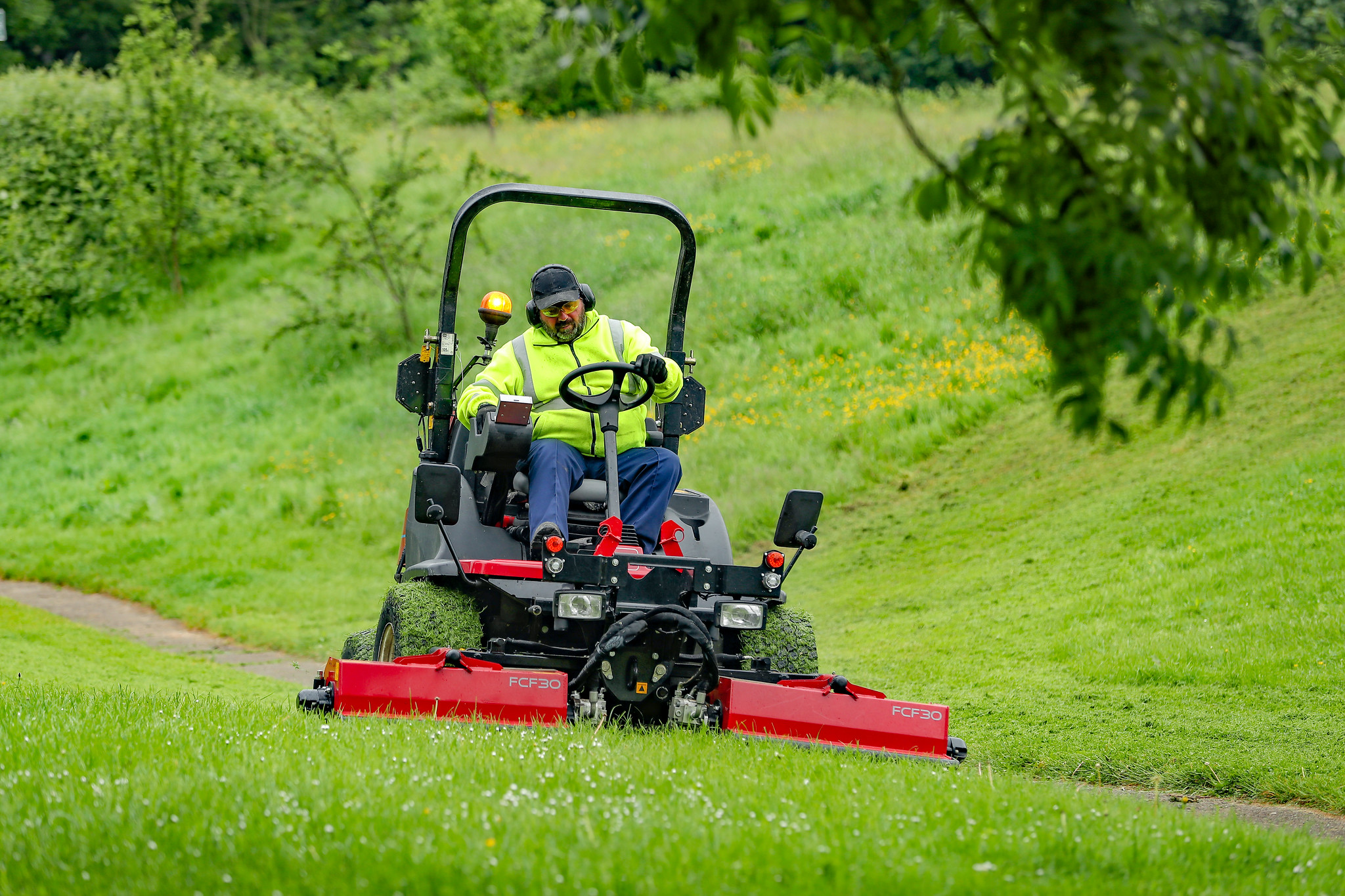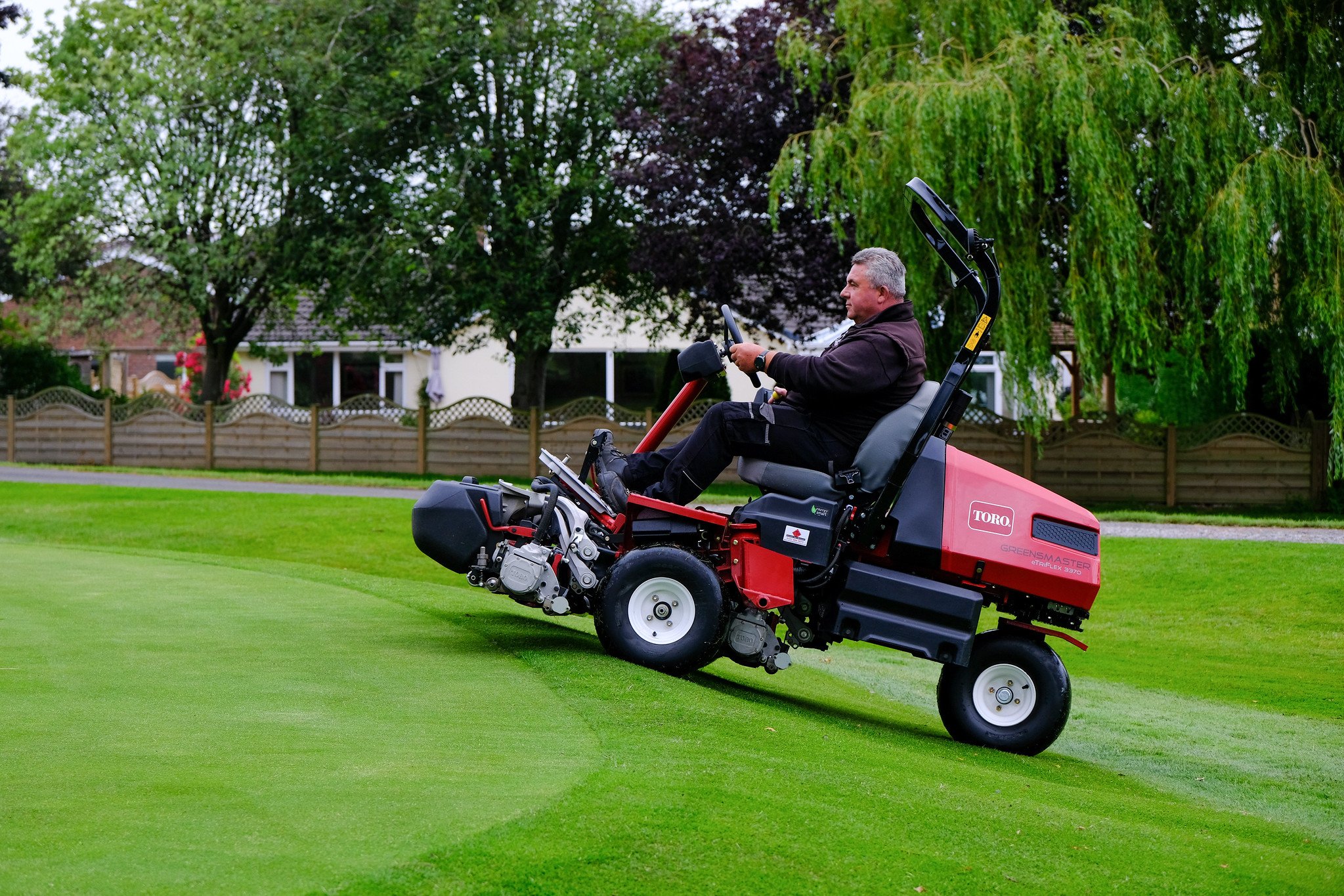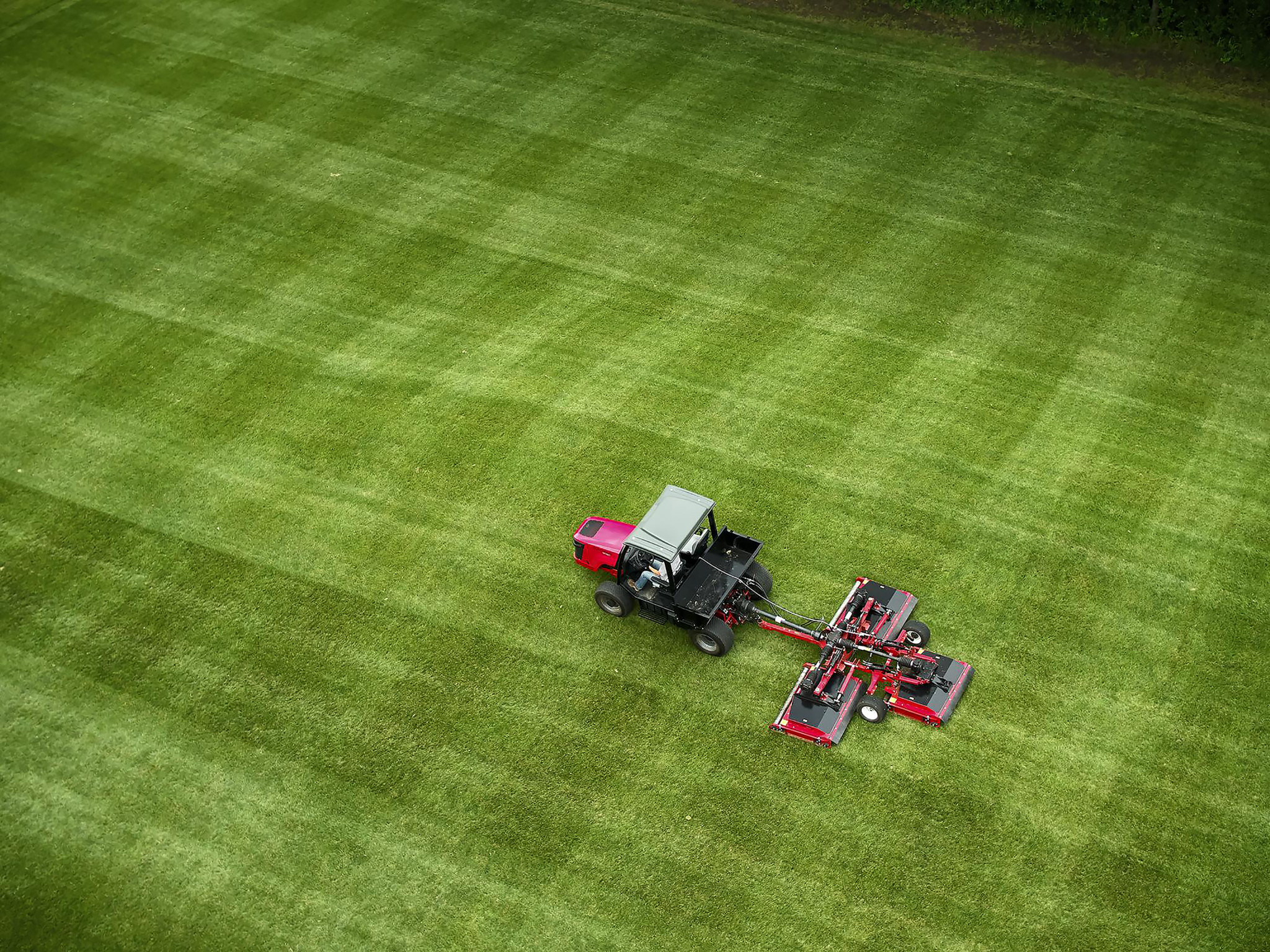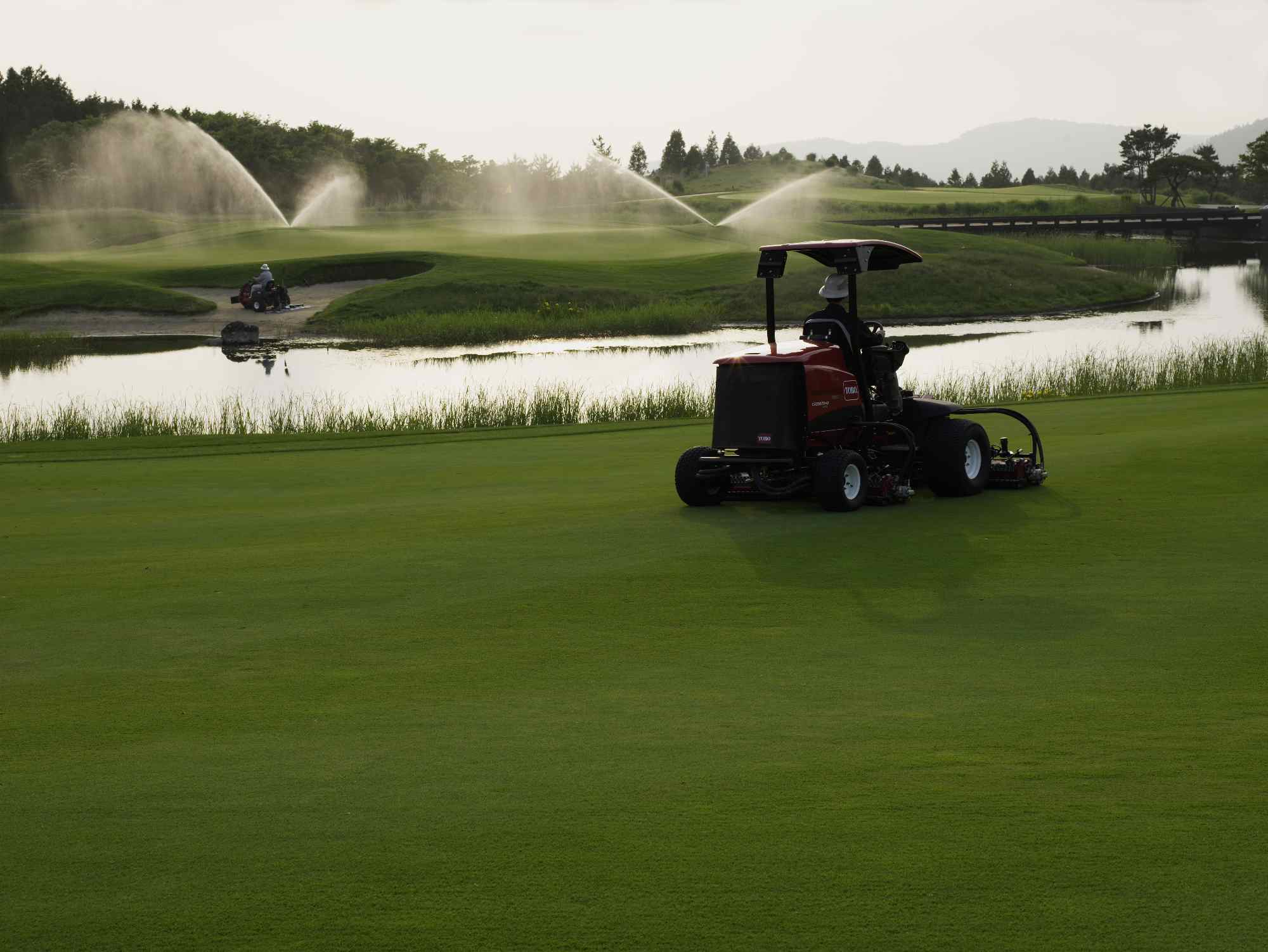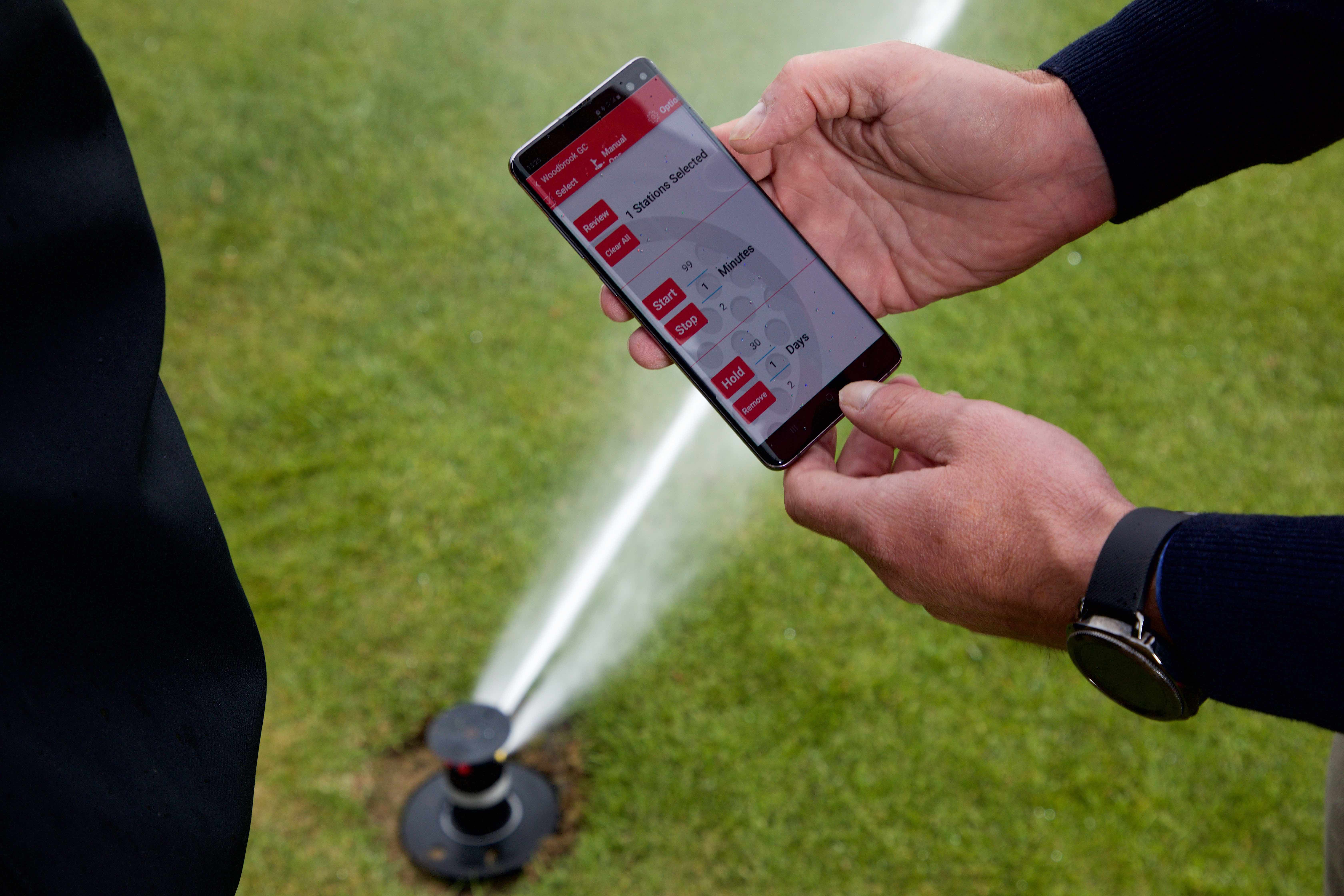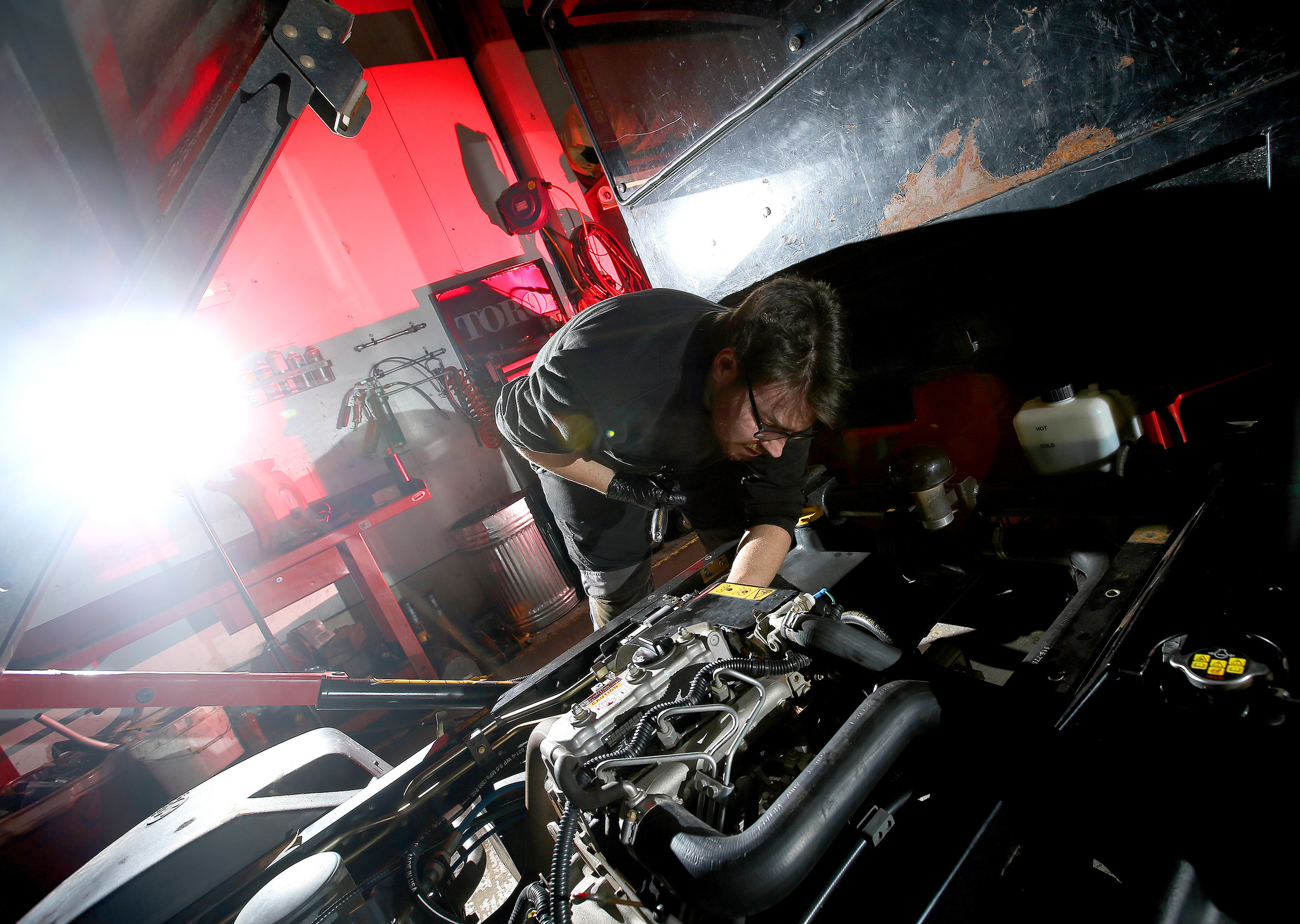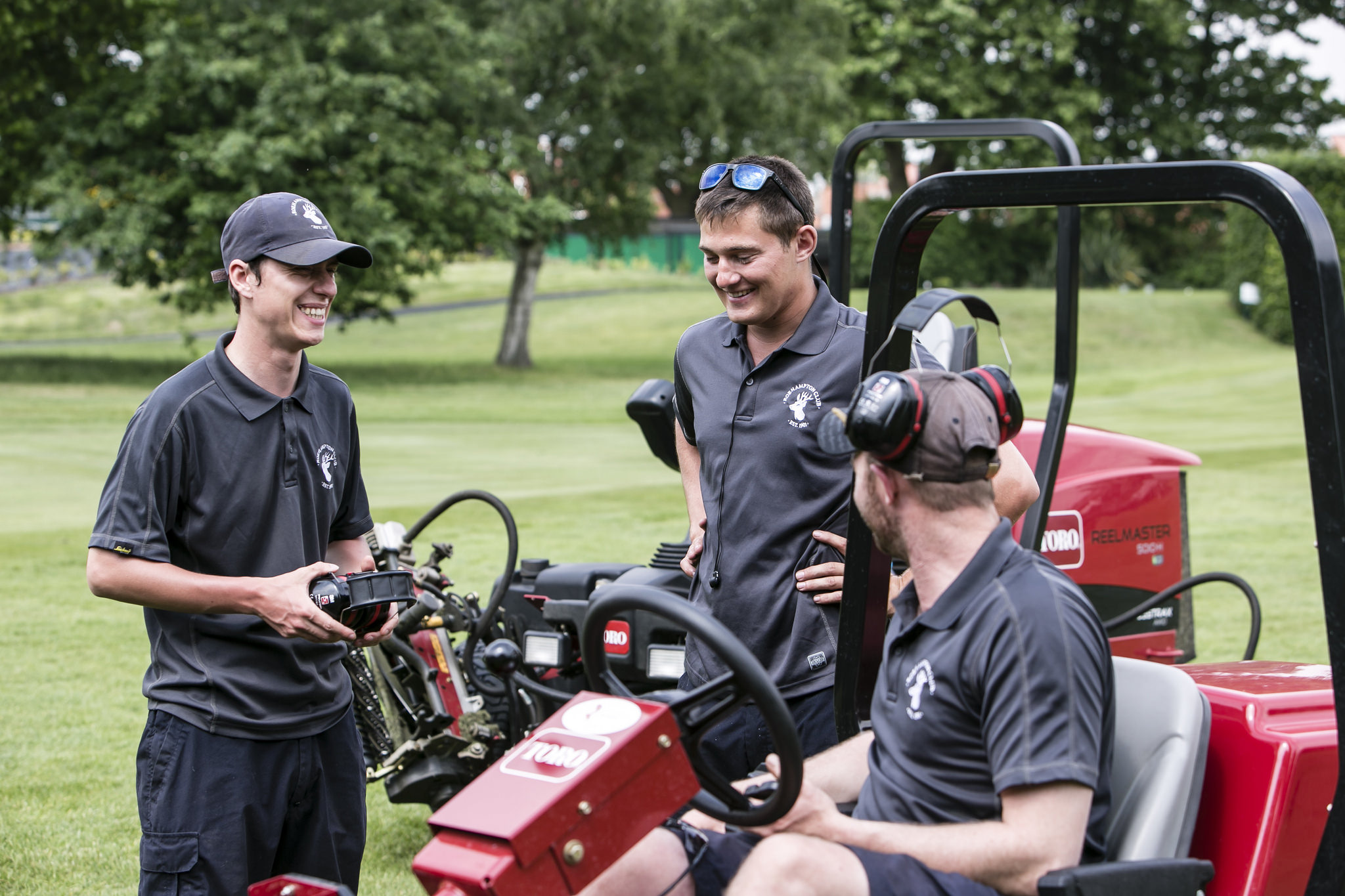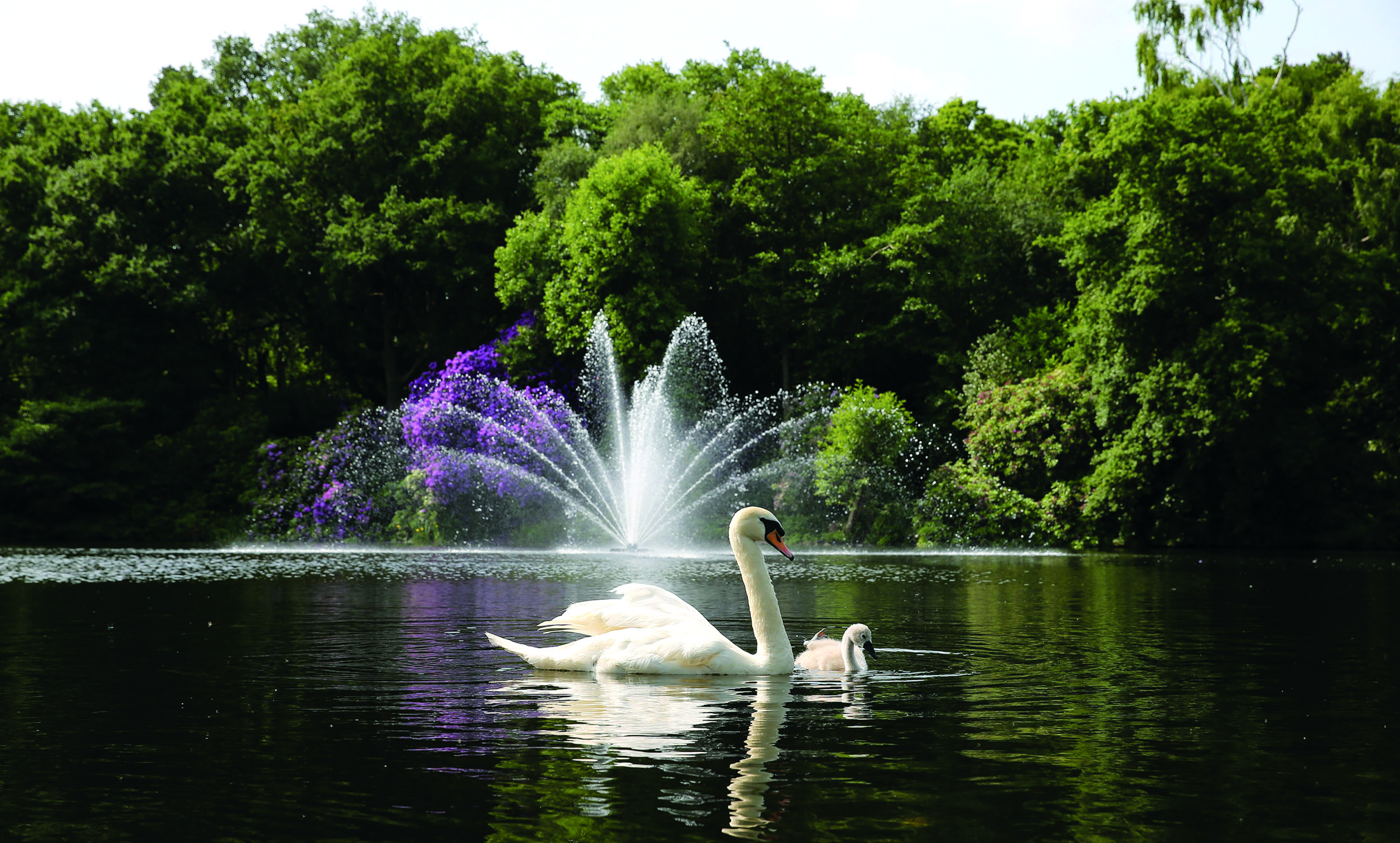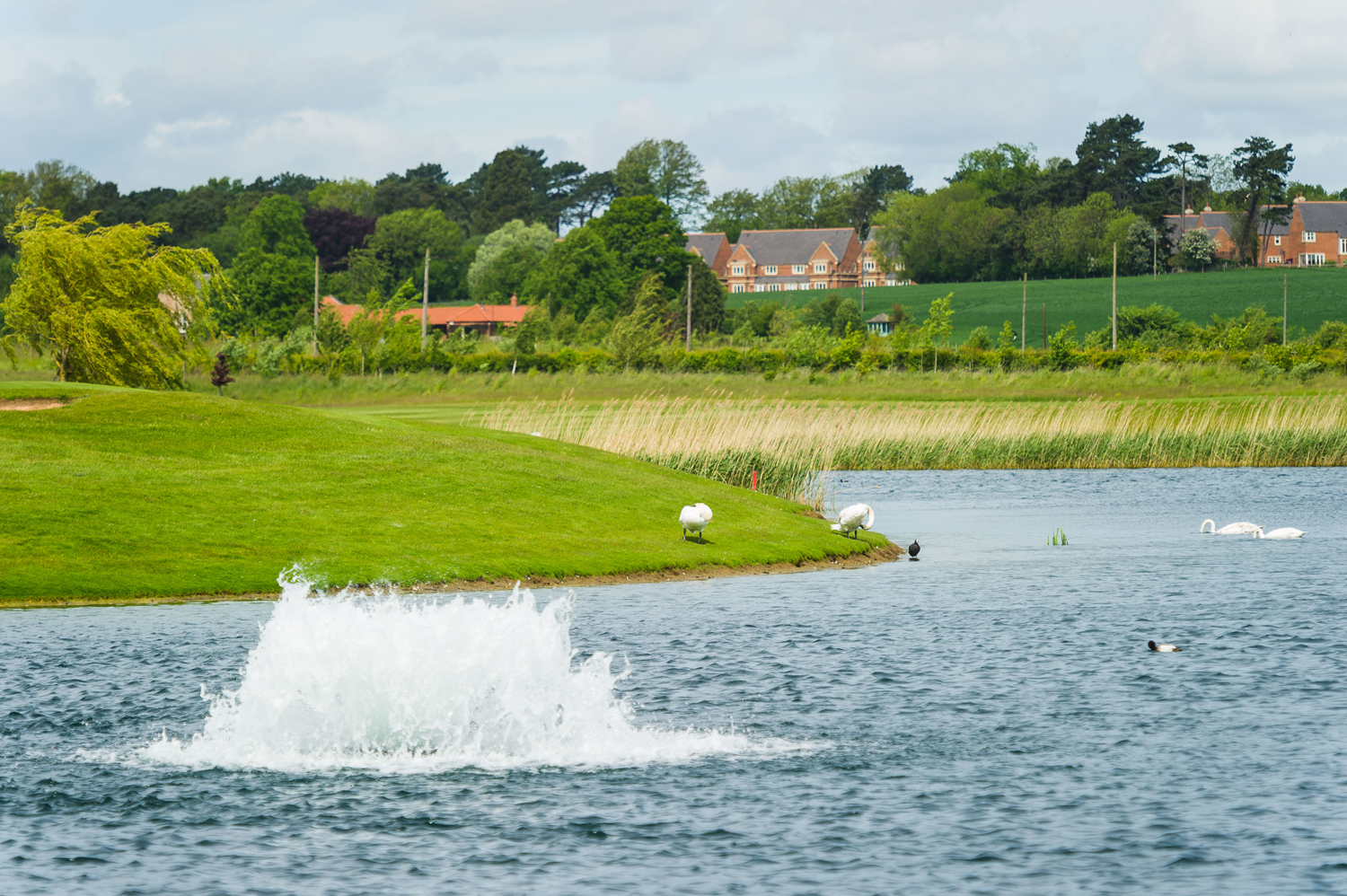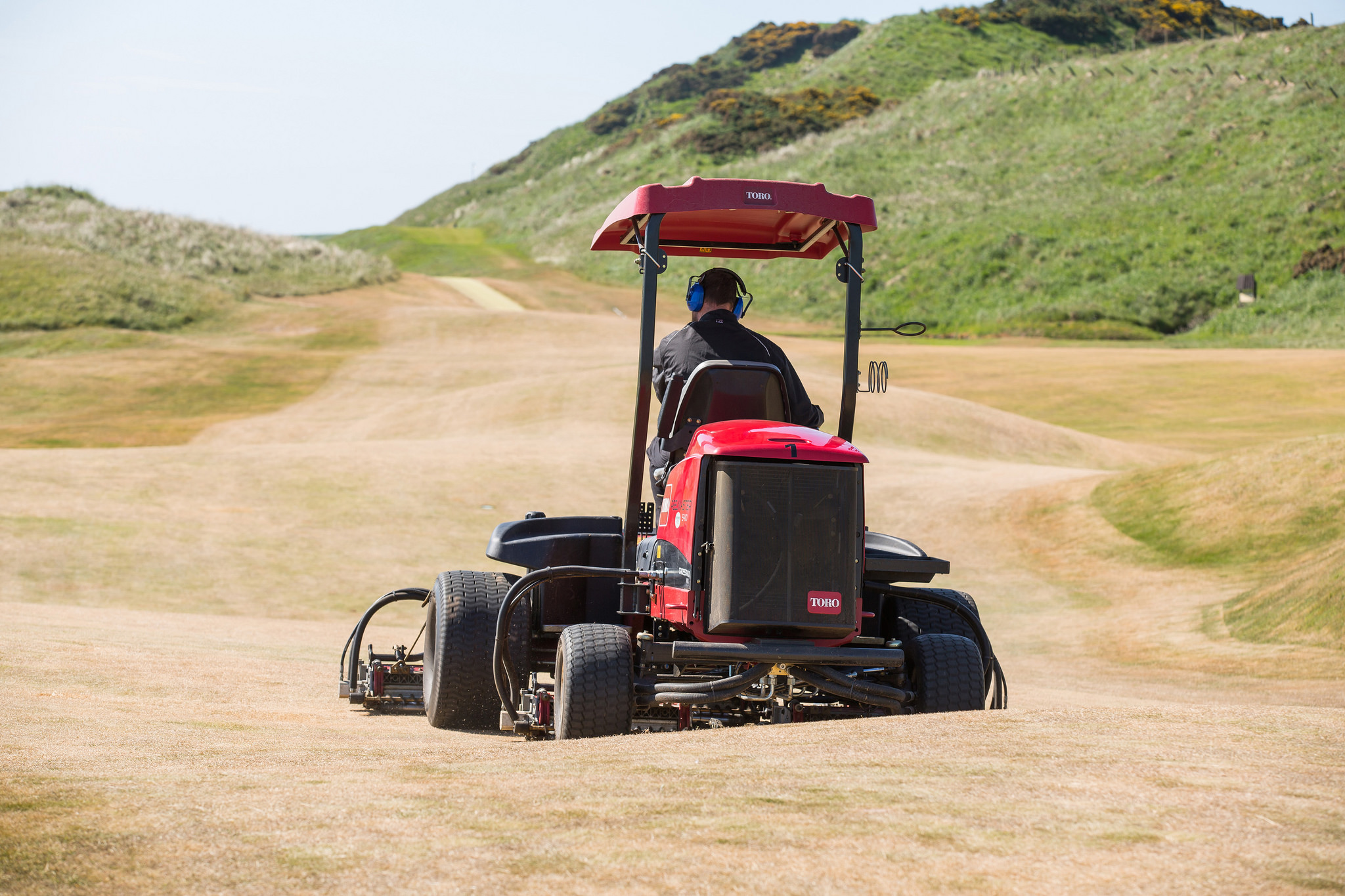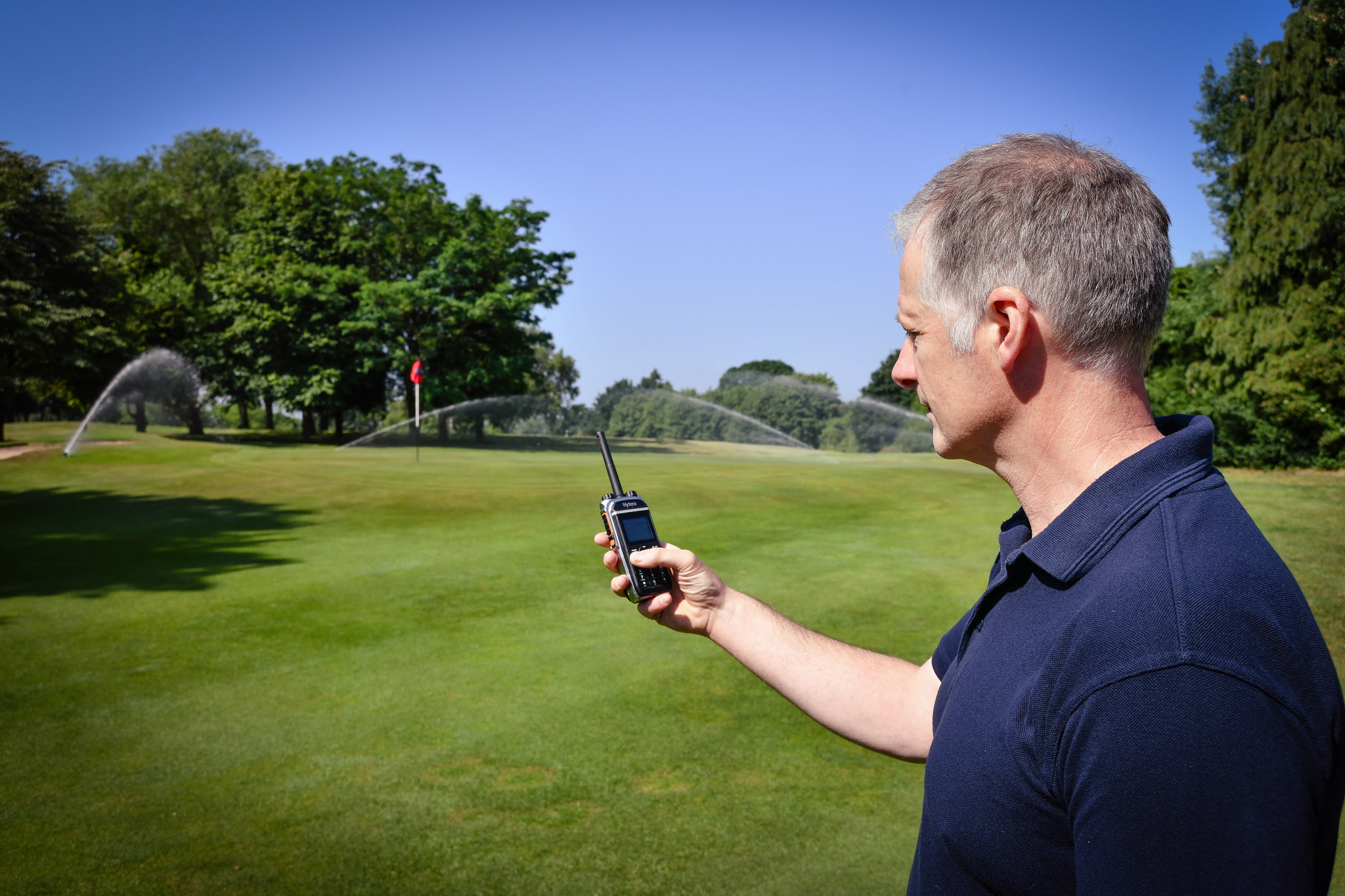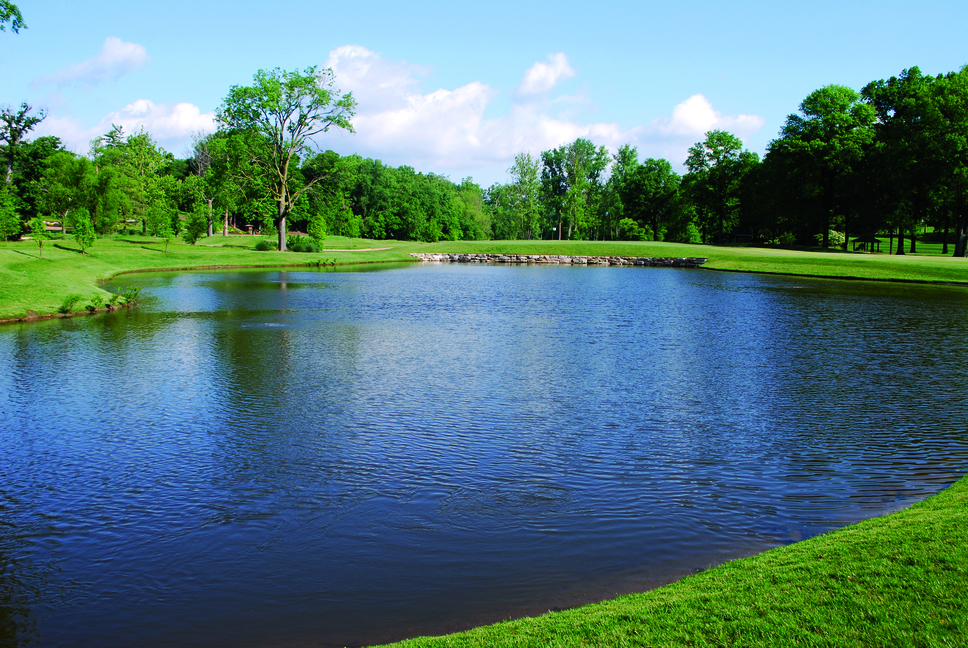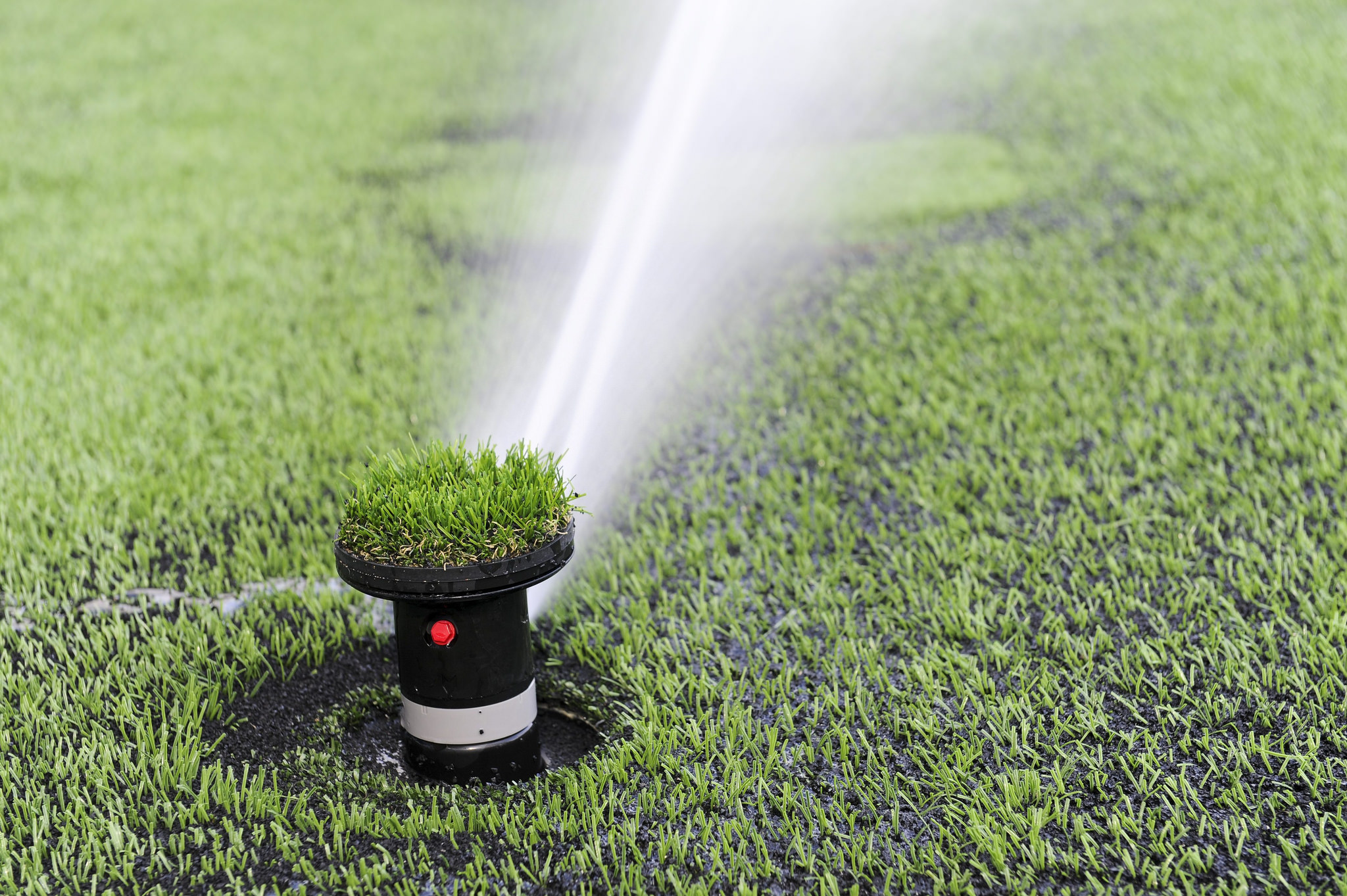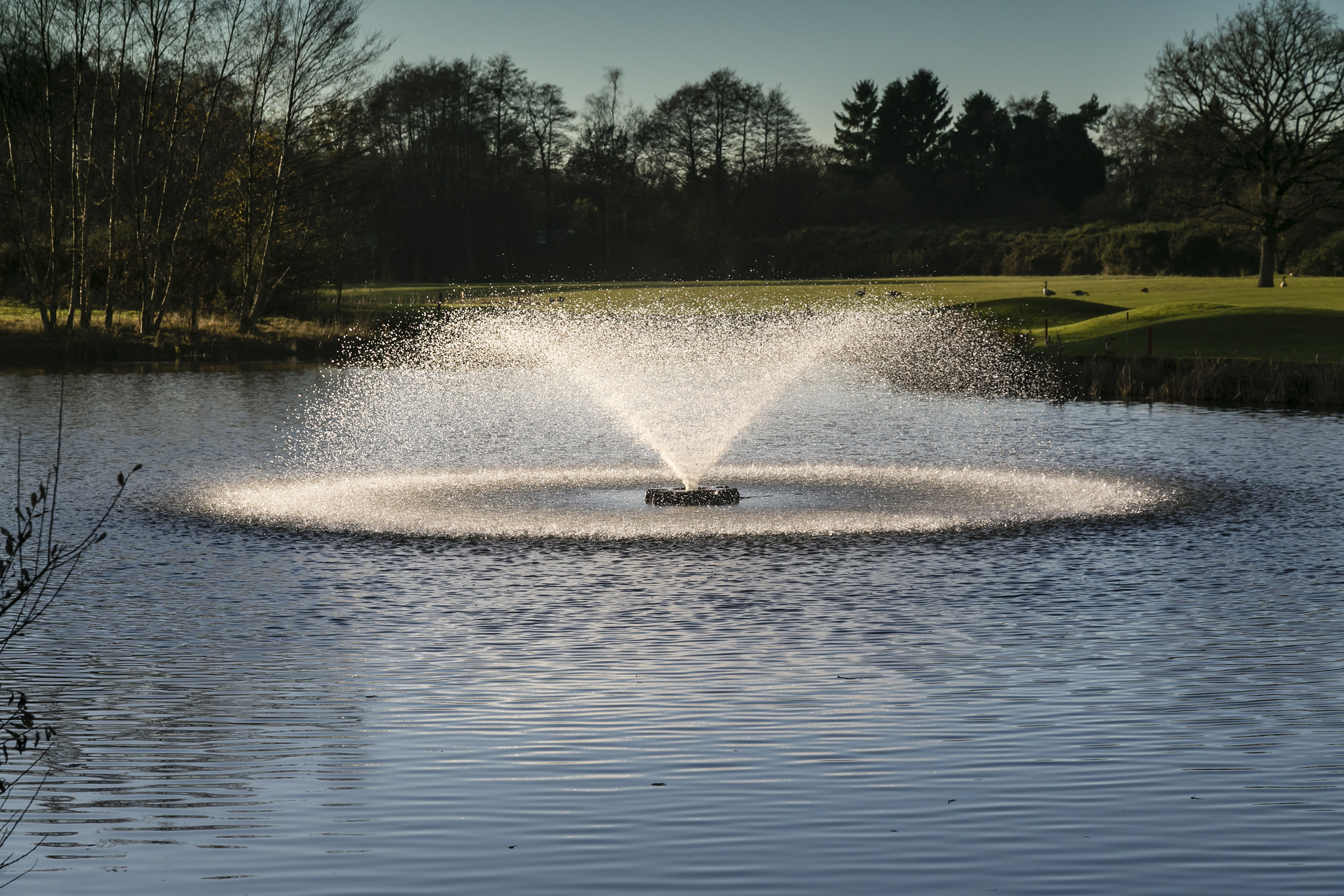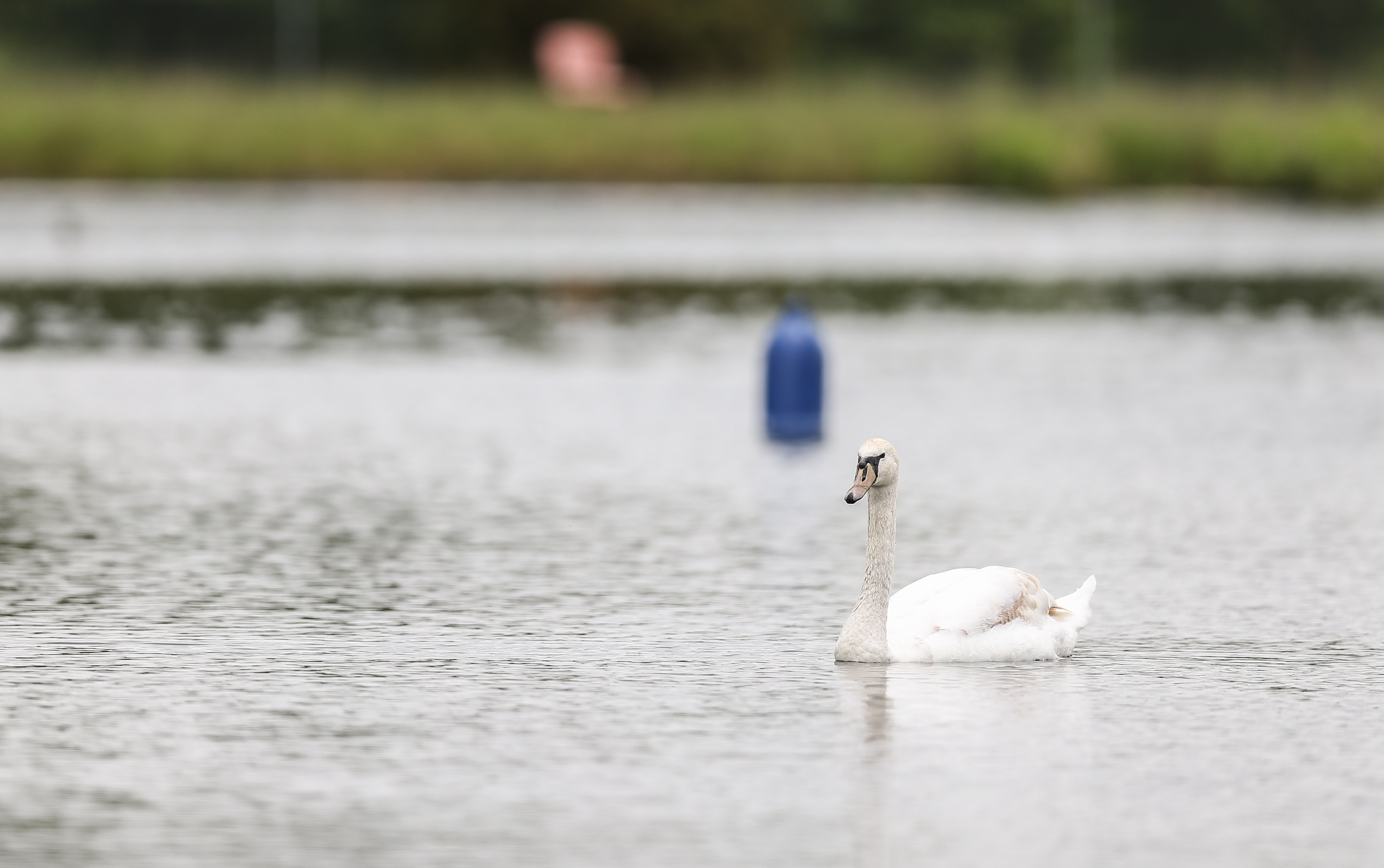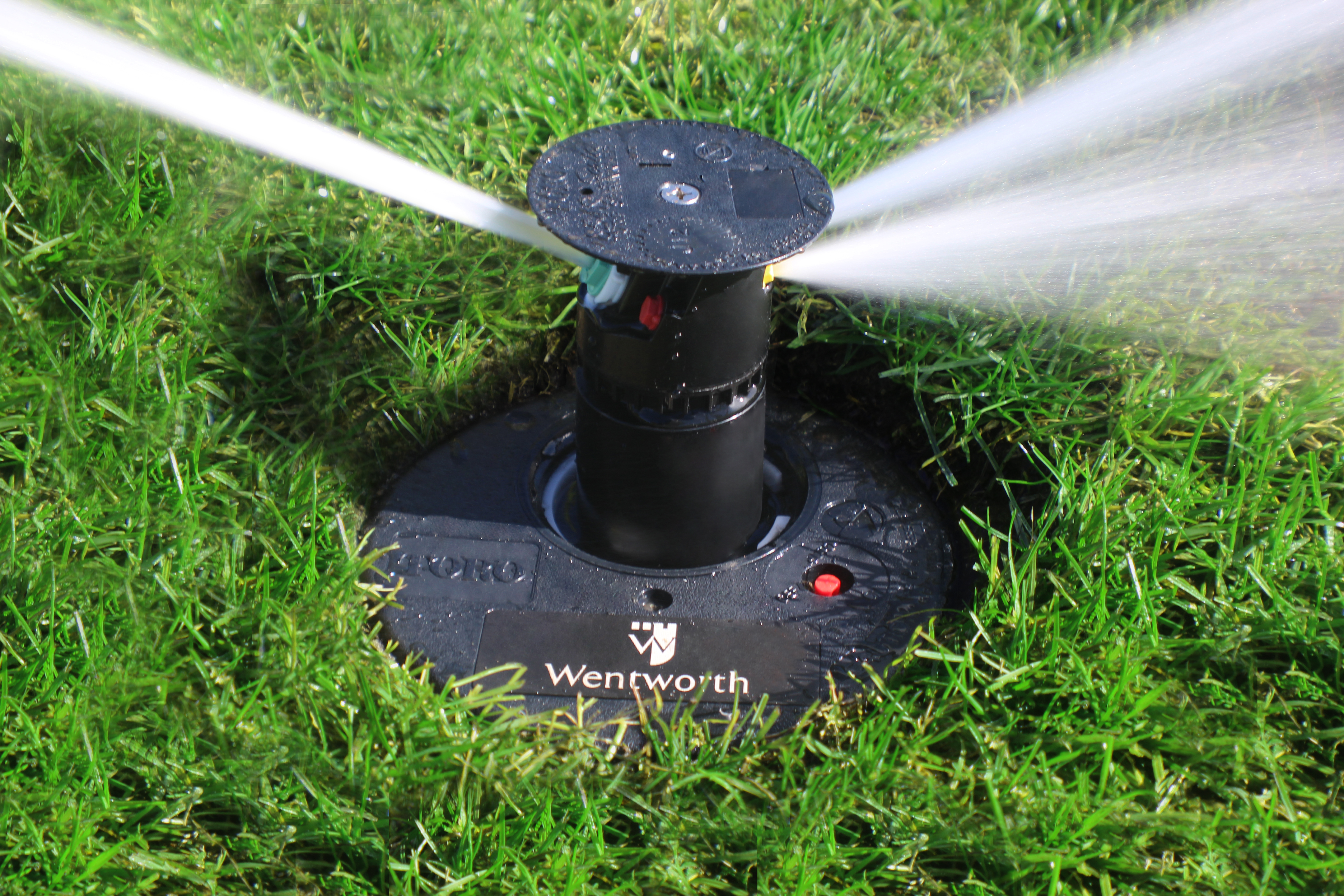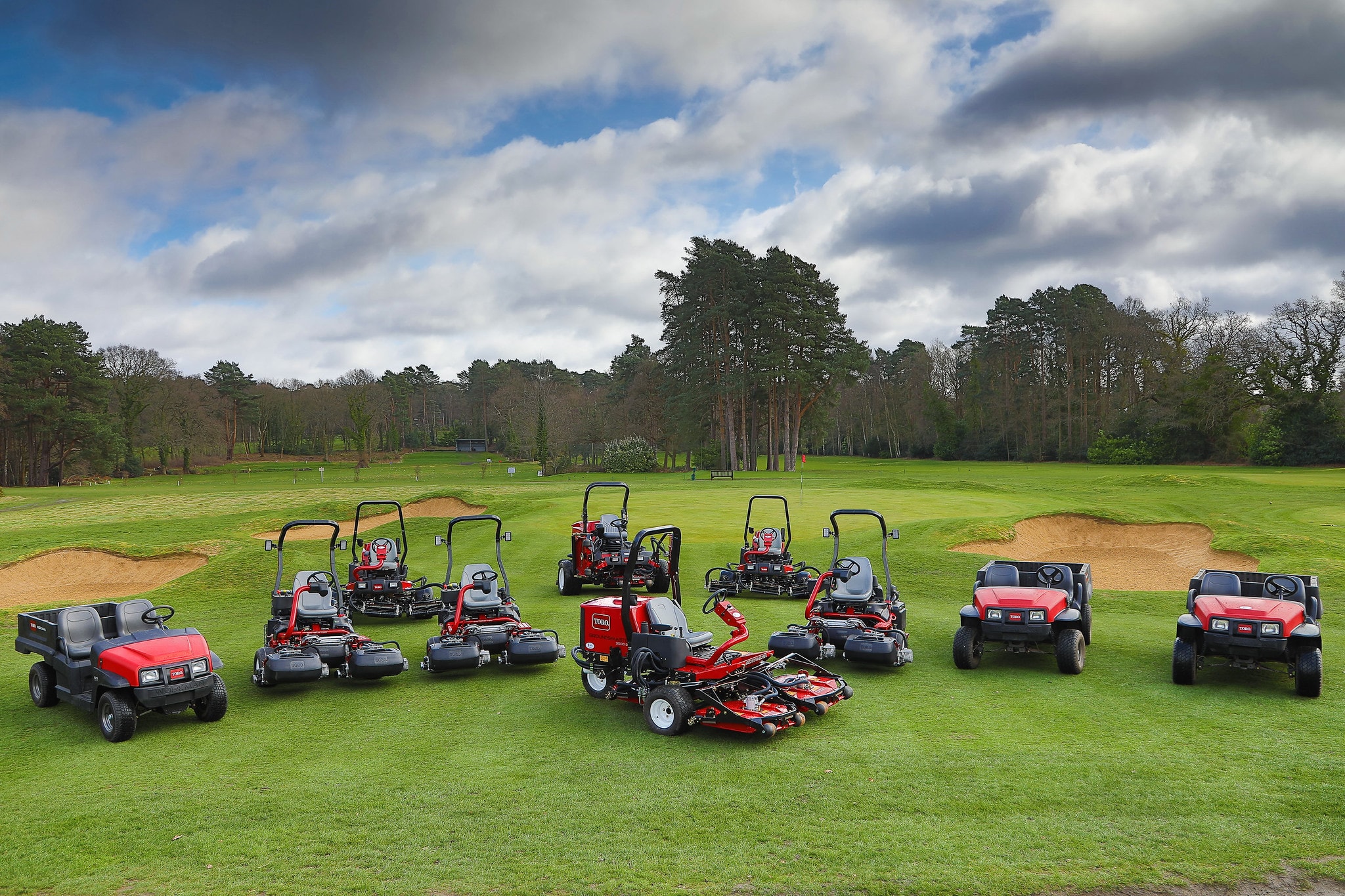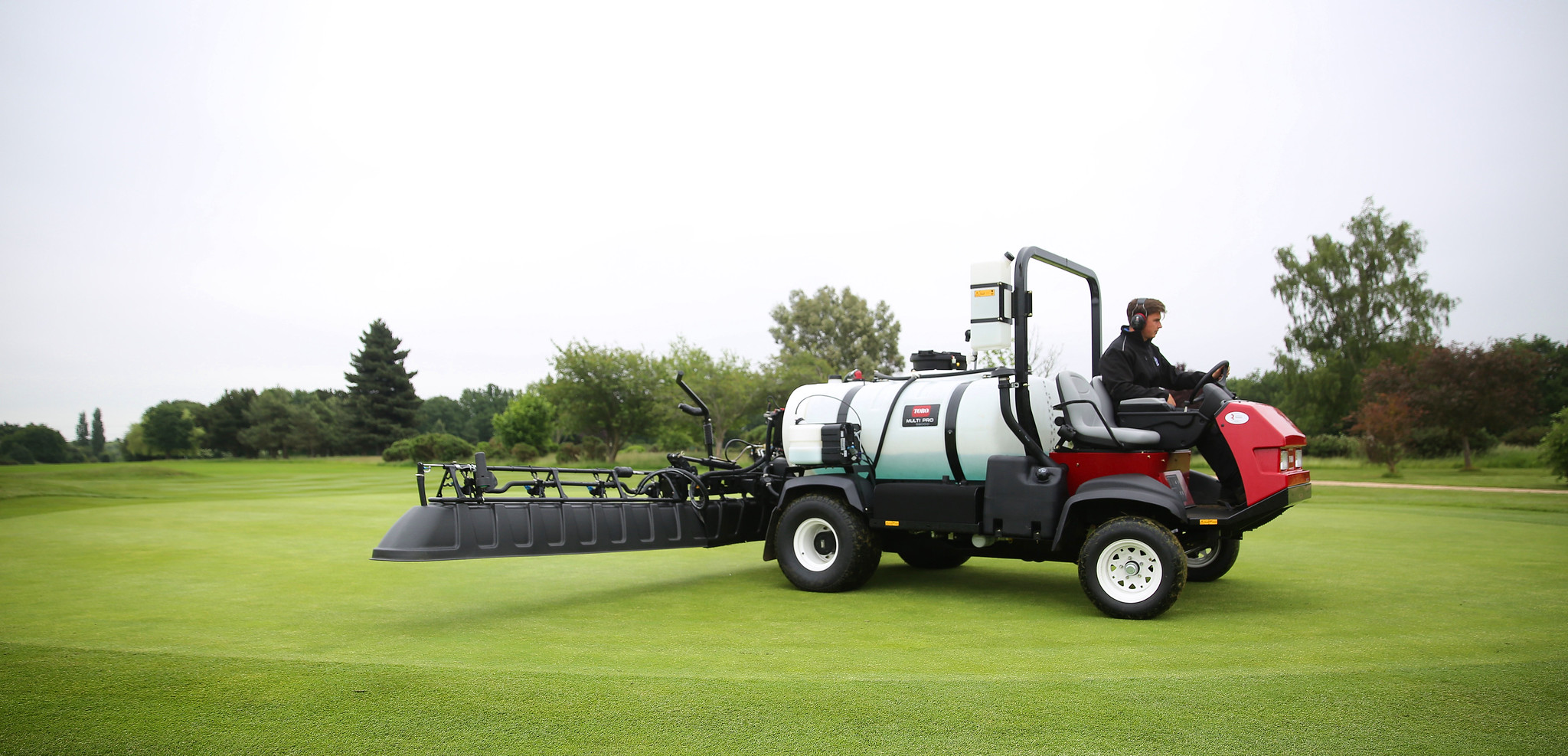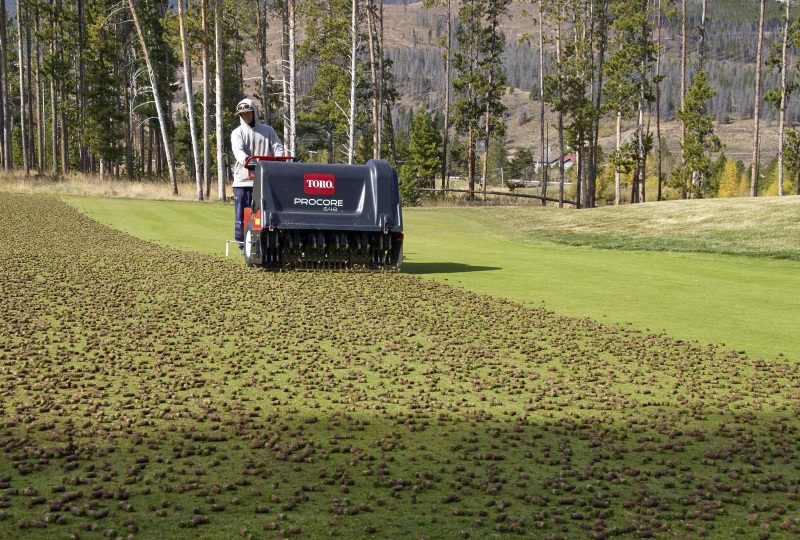- CONTACT US
- MOWERS
- VEHICLES
- APPLICATION
- Golf
- AERATORS
- VEHICLES
Responsible Irrigation
CONTENTS
FEATURED STORIES

Robert Jackson
Toro Distributor Reesink Turfcare’s Irrigation Manager
Reading time: 10 minutes
The future of golf depends upon sustainable practices like responsible irrigation – here’s why
Climate change is pushing golf clubs into uncharted territory as UK water reserves continue to tighten. However, if we can reclaim control of our supply through responsible irrigation practices, there’s a bright green future for the sport
When the majority of UK water companies implemented hosepipe bans earlier in the year, golf courses were notably left exempt from the new conditions. Naturally this elicited social responsibility concerns in terms of how courses are irrigated.
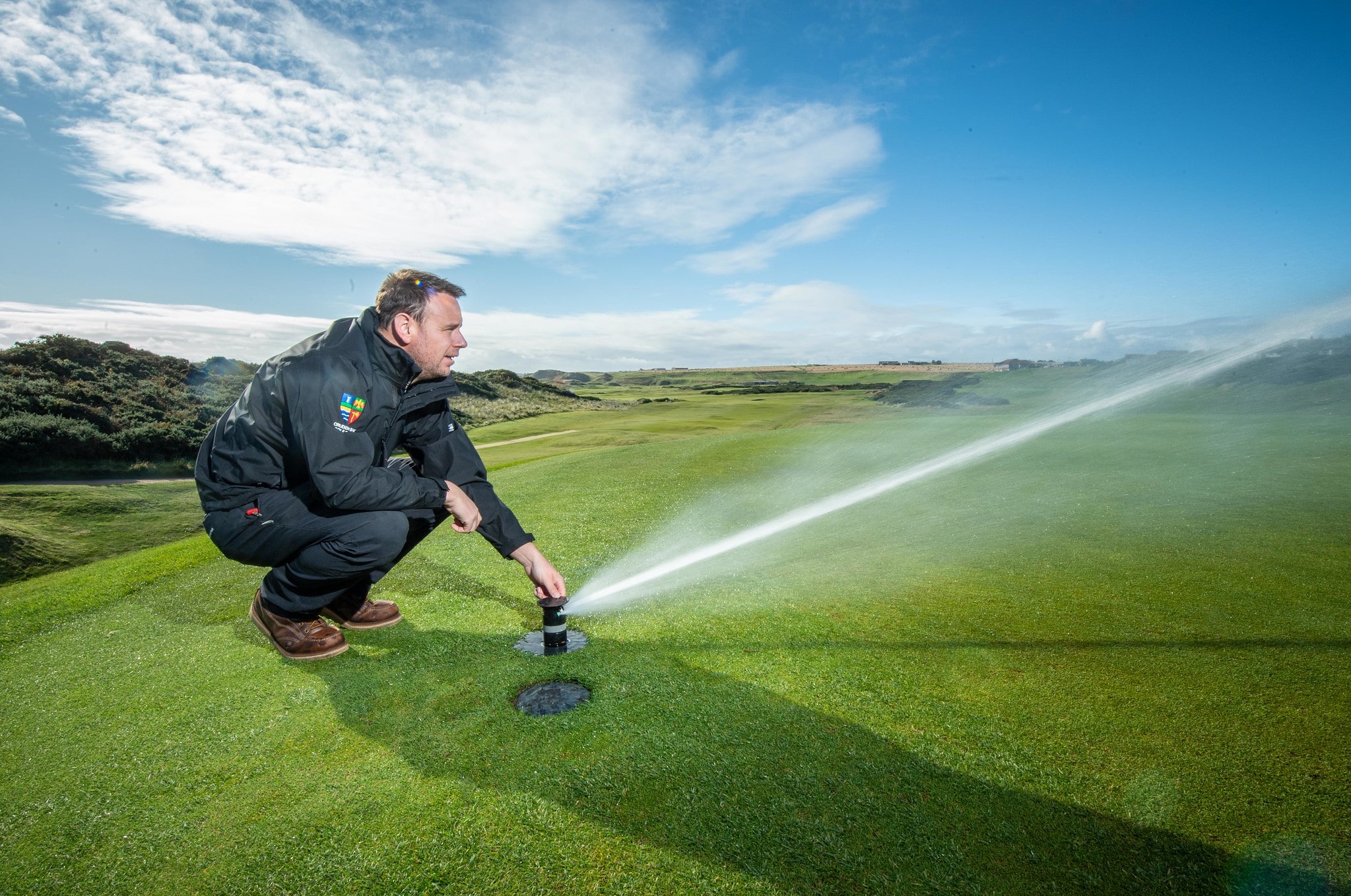
As we head into winter, meteorologists have warned us that, for the third time, an incredibly rare weather event will arrive in the tropical Pacific. Dubbed El Niño, it could mean a much drier and colder winter for Britain, stretching out the drought emergency into next summer.
A dry winter following a dry summer can threaten to chokehold the water supply. However, industry leaders like Toro are pioneering technologies that will ensure responsible irrigation options are available for golf courses that would otherwise be left between a very dry rock and a hard place.
How will climate change and extreme weather affect golf courses?
The Met Office’s latest UK Climate Projections (UKCP) suggests we can expect significant rises in temperature over the next decade across both summer and winter months, with the greatest increases occurring in the warmer South.
We know from experience that clubs in Kent now face weather conditions similar to the South of France, and the extreme weather could become more frequent and intense, making life much more difficult for greenskeepers and players alike.
It’s unclear whether each successive summer will be hotter than the last, but the Met Office does indicate temperature records will be regularly broken. In 2019, for instance, it recorded the hottest summer temperature on record in the UK at 38.7°C. Heatwaves, in turn, are expected to be more frequent and longer-lasting.
If we don’t actively work to curb greenhouse gas emissions that contribute toward global warming, then things will only get worse.
What could UK weather look like in 2070?
The Met Office predicts numerous changes to the UK’s climate, which will in turn affect how greenskeepers manage golf courses.
For starters, total precipitation in spring, winter, and autumn, will fall, increasing the likelihood of flooding. Whereas, in summer, we can expect extreme and heavy rainfall events and periods of drought more often.
If emissions continue to rise, then by 2070, we could experience:
- Winters between 1 and 4.5°C warmer
- Winters up to 30% wetter
- Summers between 1 and 6°C warmer
- Summers up to 60% drier
Irrigating golf courses: the environmental elephant in the room
When it comes to matters of sustainability, there are two key problems with how golf clubs typically irrigate their courses.
The first is excessive dependence on potable (mains) water. The water industry puts the proportion of UK clubs dependent on potable water at 66 percent, which means only a third have already explored more environmentally friendly options like collected rainwater, for instance.
The second is that the vast majority of irrigation systems are old and, as such, out of date. A survey by BIGGA found 74 percent of systems were more than 20 years old, meaning they’re often less efficient and more prone to faults than modern irrigation systems.
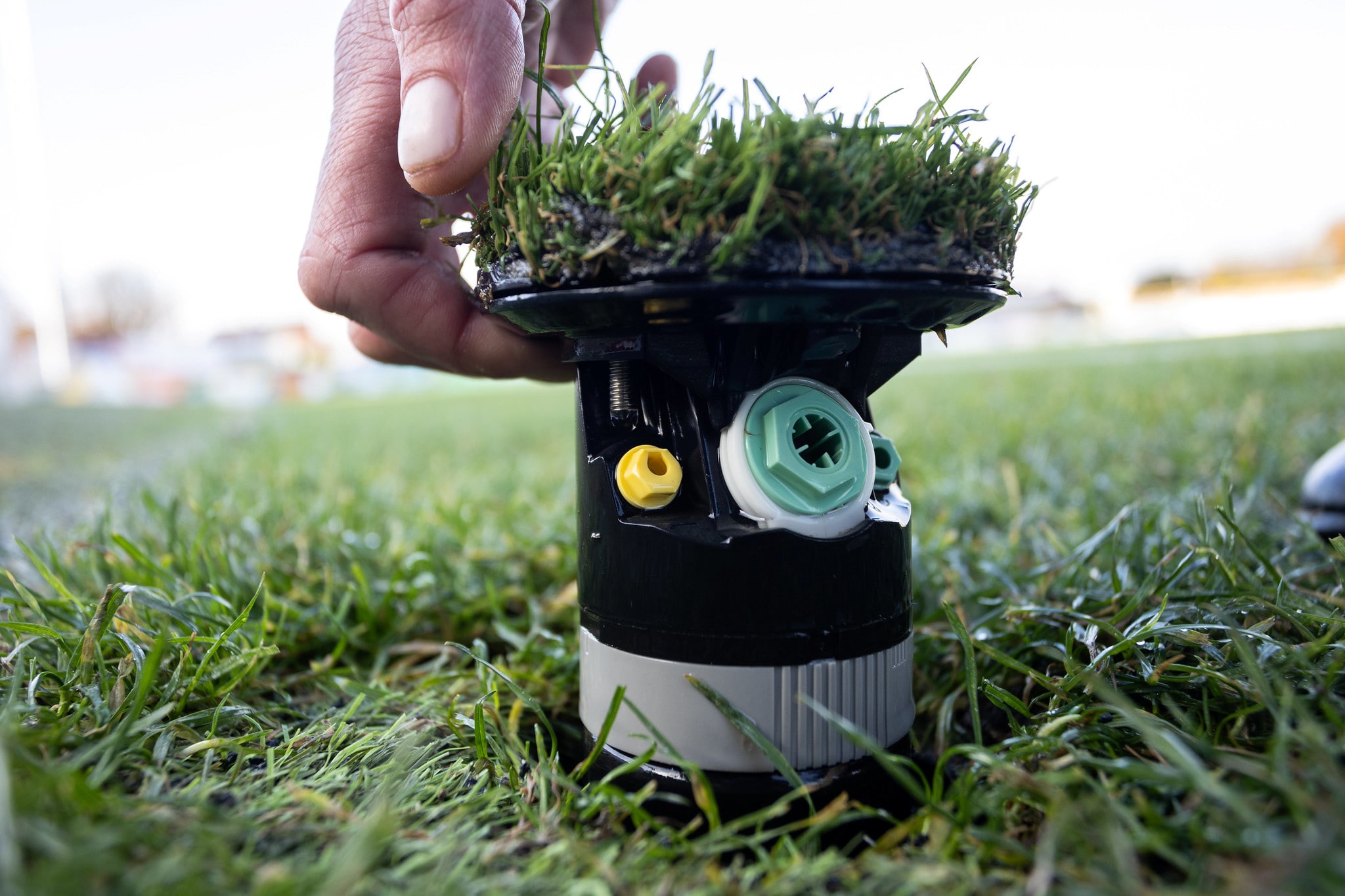
Ten years ago, it was normal for a new irrigation system spec brief to say, perhaps in less direct terms, ‘Focus on the greens and tees, and leave the fairways because the weather will cover it.’
But that isn’t the case anymore. Fairways are burning off and dying: clubs need to irrigate more to cover more ground. And that means they must employ a sensible, sustainable irrigation source.
Water companies are having to make increasingly strategic decisions around the distribution of limited water supplies. If it’s perceived that the golf industry is not voluntarily attempting to reduce its reliance on unsustainable sources of water, it could be that tougher penalties are implemented.
How to reduce potable water consumption
The impacts of climate change, increased user expectations, and historically short-term management goals have increased the volume of water used by golf courses, with little attention paid to the source.
However, this approach is no longer tenable: there’s no need to use or depend on high‑quality potable water for irrigation. Such a dependence simply means the club doesn’t have control over its water supply and it can’t be guaranteed in the long run.
The issue is complicated by the fact that many water companies and the Environment Agency are struggling to access and process sufficient supply for domestic use. So what are the alternatives?
Ideally, you’d install a more sustainable setup, including an abstraction unit for winter and a borehole* for the summer months. However, this would require a licence provided by the Environmental Agency. As they’re facing more pressure from users, this may result in stricter licence allocations in certain areas.
There’s also the option of using recycled greywater (waste bath, sink and washing water). This practice can reduce annual water use by 90 percent, just by treating used water from the clubhouse and harvesting rainwater.
While European countries like Spain widely use this sustainable solution, only about three-to-four clubs in the UK do.
To futureproof your club against climate change and stricter legislation for water distribution, you must act now. Failure to do so could place many at risk of significant surface quality decline over the next decade.
The key to adopting responsible irrigation practices
What’s the main way to save water? It’s all down to your irrigation system. Water efficiency gains across the sport can help the UK meet its climate targets and will ensure we’re more resilient as a nation to droughts and floods.
The Environmental Agency will need evidence of sensible irrigation practices. In short, you need to know you’re doing the right thing with the resource. That’s fair when you consider how much water can be wasted through old infrastructure and incorrect irrigation practices.
Those that have already audited their system deserve recognition. Indeed, it’s this very mindset that will stand them in good stead for the future and its challenges.
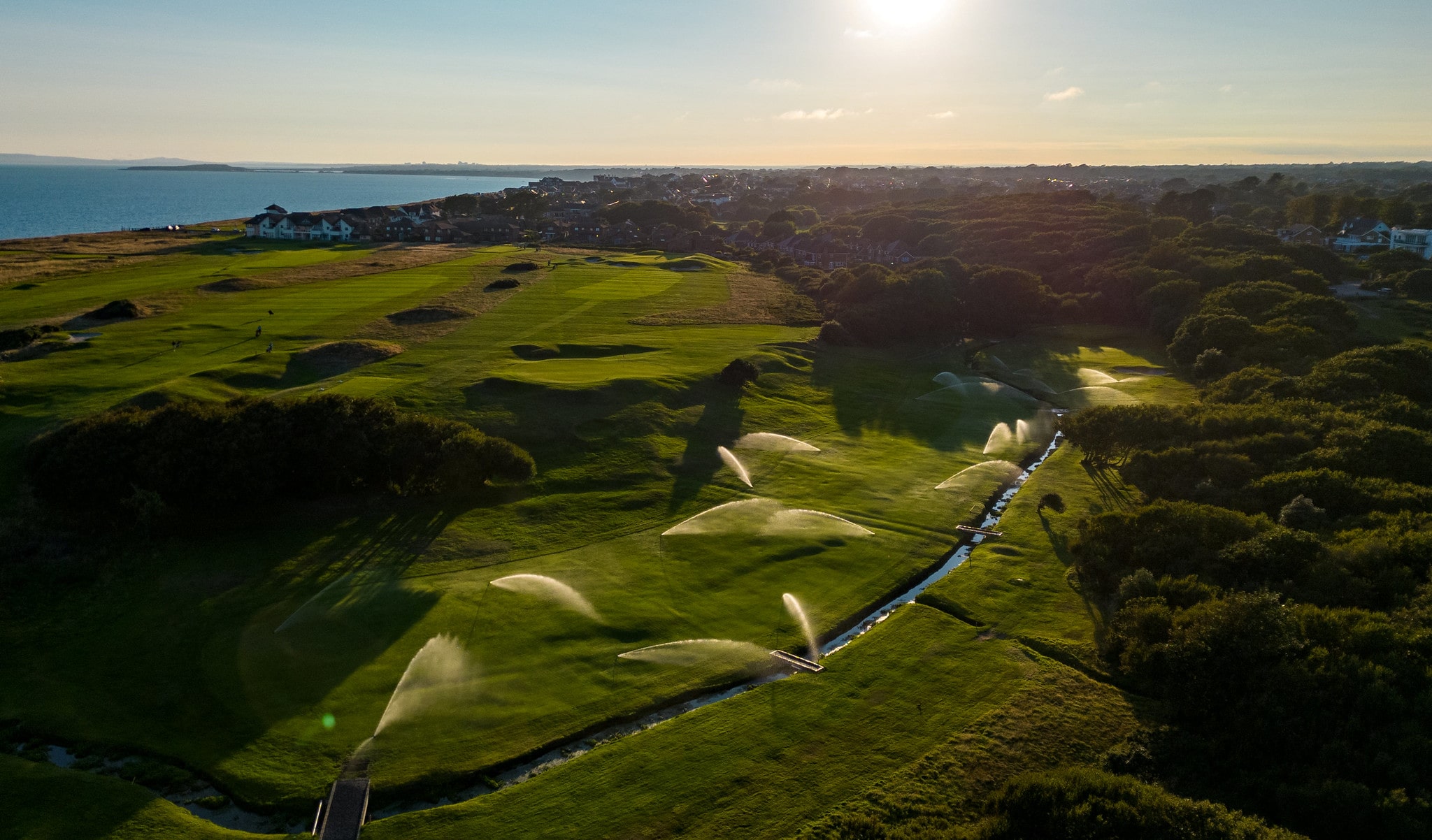
For those who are still playing catch up, don’t worry. We’ve got you covered.
Data from the R&A’s GC2030 Water Security project indicates the vast majority of course irrigation is at least 10 years old (83 percent of main pipelines and 64 percent of storage tanks sprinkler heads, respectively).
How system monitoring can save water
While older systems aren’t necessarily a problem, they do need monitoring. In the same way, the completion of a new system installation is not the end. It’s just the beginning.
A strong monitoring protocol should asses:
- Available water resources on the site
- Incoming water supply, distribution network, weather data, and soil moisture levels
- Water usage throughout the year and where water quantity and applications can be improved
- Current water usage in relation to soil moisture values, ambient weather conditions, and forecasts
- If the irrigation system can be optimised to gain efficiencies by changing or repositioning components
Personally, I recommend course managers access STRI’s interactive online portal that presents the latest climate change predictions from the IPCC (International Panel for Climate Change) and The Met Office and can be used to see forecasts for specific areas until 2080.
Information is king and with the metrics of maximum and minimum temperature and precipitation to hand, it will be much easier to plan for the future.

The future of irrigation lies with social responsibility
Last year, climate activists affiliated with Extinction Rebellion filled holes with concrete on various golf courses in France to protest the exemptions from water restrictions.
Clearly, responsible irrigation is an emotive subject. But it’s also a subject that leading irrigation manufacturers like Toro and the brand’s distributor, Reesink, have been conscious of for some time.
Toro has been relentlessly working behind the scenes to help golf courses with a range of irrigation solutions for many years now, providing complementary and effective customer support to create efficient and sustainable systems for water usage.
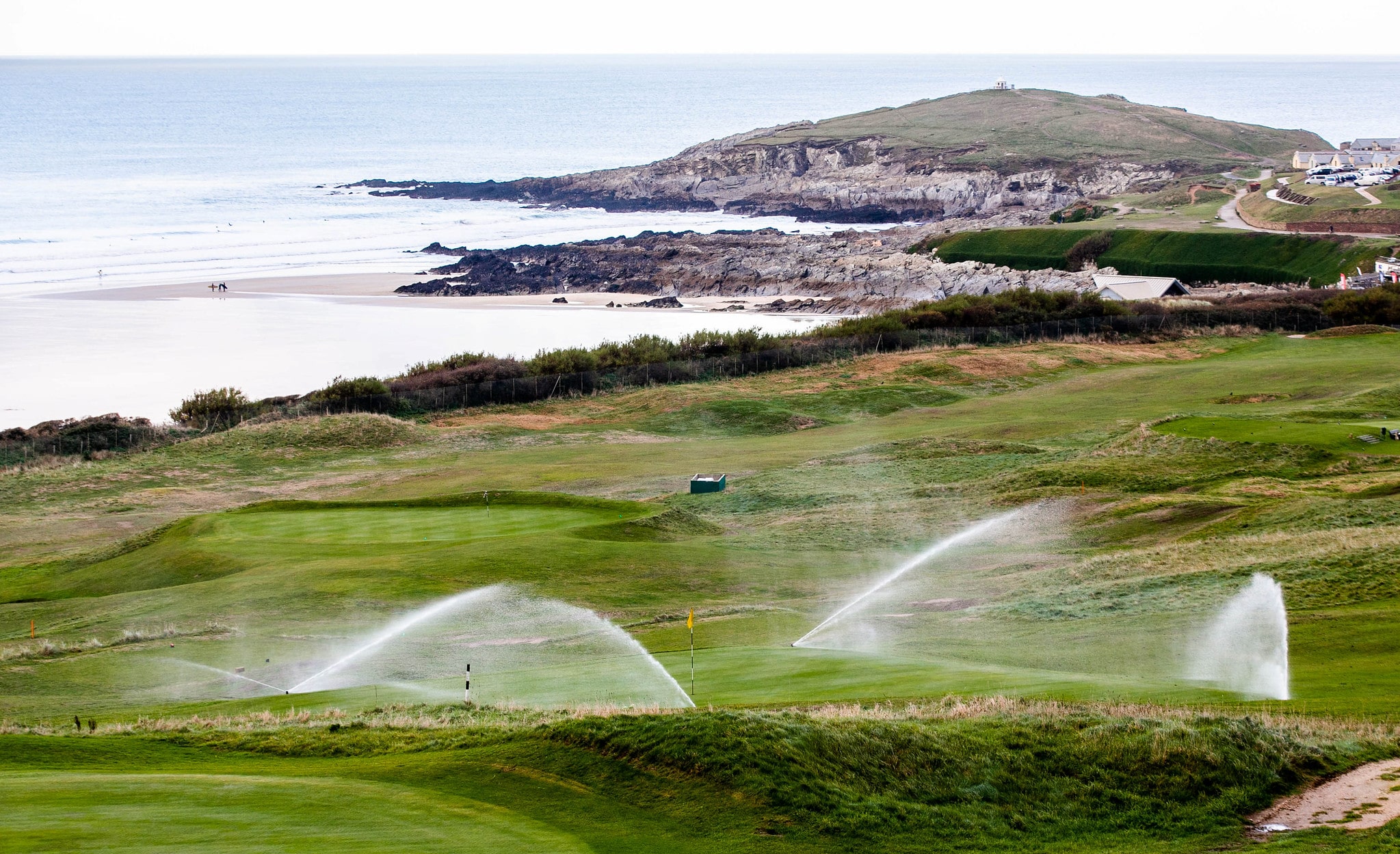
Irrigation technology is constantly evolving. New systems are more efficient and therefore more socially responsible.
Upgrades to specific items such as pump sets, controller software, pipework, and irrigation heads and nozzles can and should take place throughout the lifespan of a system. Sometimes, however, the old system can’t be saved and a full upgrade is needed to realise large-scale water savings.
How Toro technology safeguards the environment – and the future of your club
Toro’s history of using innovation to solve real customer problems has been a hallmark of its success – and never more so than in the world of sustainable, reliable irrigation.
Millions have been invested and the brand has collaborated with top universities, myriad industries, and various communities to further education and awareness around proper, socially responsible irrigation strategies to enhance and protect ecosystems.
Even back in the 1960s when the technology was limited, Toro’s intention was as it is now: to provide efficient irrigation solutions. In my opinion, Toro is still the master of this, pioneering, for instance, the Lynx central control system and Infinity sprinklers. Don’t just take my word for it…
“We’ve been using the Toro irrigation system for seven months now and we’re definitely making a saving on the amount of water we’re using – more than 50 percent! When you’re irrigating off the mains, that’s significant.”
– Andy Cracknell,
Course Manager, Upminster Golf Club
Market-leading irrigation technology
Lynx provides access to real-time course information, precision control options, and convenience through mobile connectivity, allowing greenskeepers to better manage turf health and water resources.
Similarly, Toro’s Infinity sprinklers enable maximum distribution uniformity and adjustability to alter water coverage seasonally. This ensures more responsible irrigation practices by allowing clubs to meet water reduction mandates with precision.
Toro even offers sprinklers that are made for bunker surrounds, so you won’t be wasting water by needlessly spraying sand; rotation functionality slowly applies water where runoff is a concern. With 100 percent pinpoint accuracy, there’s no chance of water waste.
Other impactful developments pioneered by Toro include:
- Thermal mapping and detection analytics to improve turf health with less water, fertiliser, and pesticide use
- PrecisionSense technology to measure soil moisture, salinity, compaction, and plant performance, improving resource efficiency and turf health
- Turf Guard wireless soil monitoring to measure and report soil moisture, temperature, and salinity to inform how much irrigation is needed
- Internal retrofit kits tupdate older and sprinklers to Toro’s most advanced technology which offer water savings of 35 percent
Delivering sustainable irrigation to your club
When you combine all this innovative Toro technology with the efforts, intel, and experience of Reesink Hydro-Scapes, it’s always going to be a winning hand.
As the only UK distributor for Toro’s irrigation line, we help clubs understand where they can massively improve efficiencies and infrastructure, while also reducing total water use.
Our team of experts will also teach you how to better manage reservoirs and boreholes. By following our advice, you’ll soon realise it’s possible to not only safeguard your club but also the country’s water resources.
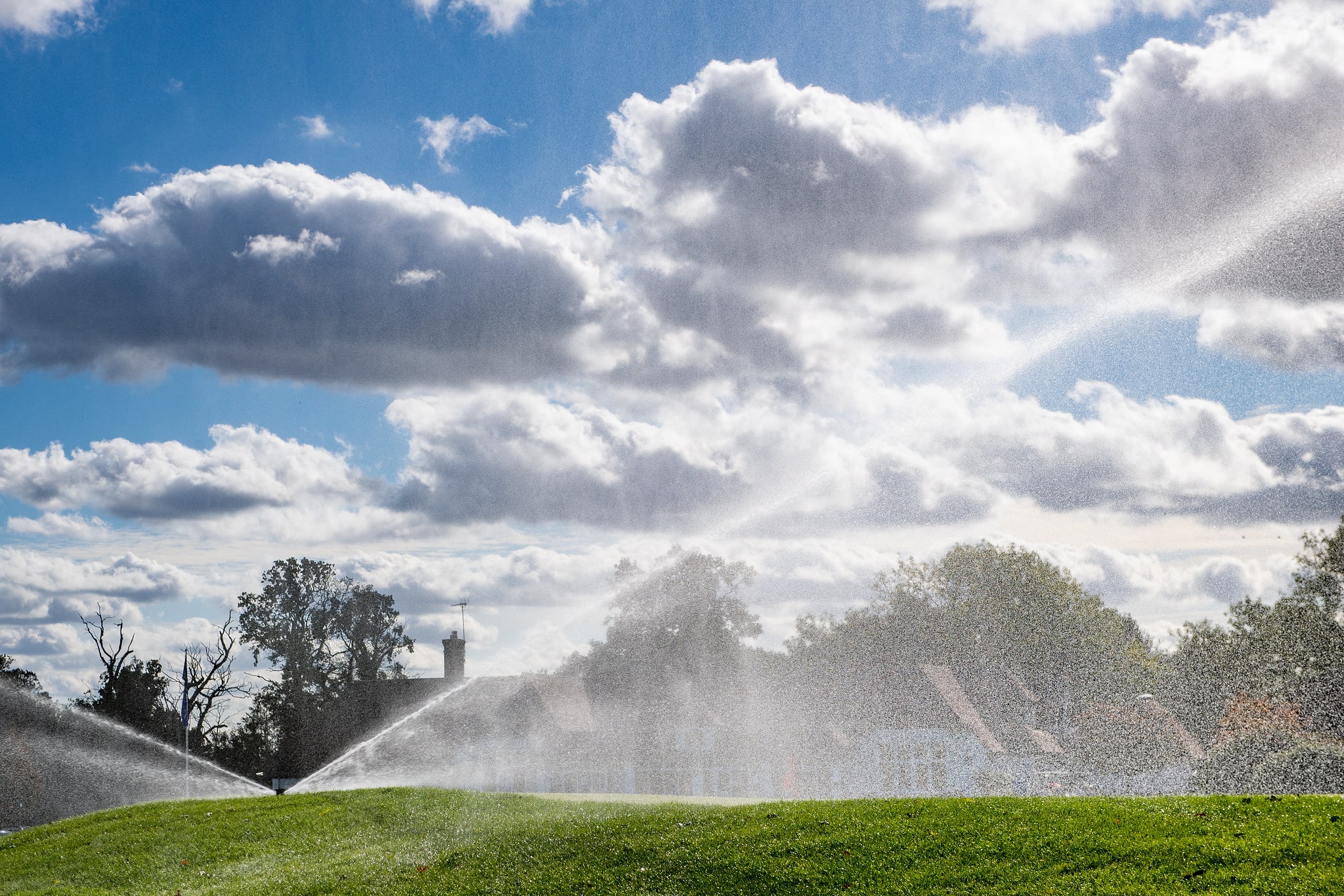
Find out how you can responsibly manage your sports club with Reesink and Toro’s cutting-edge technology.
*Boreholes can provide significant quantities of water, however anything more than 20m³ a day requires a licence from the Environmental Agency. Licences may have weekly or seasonal limits and storage is often required to store winter abstraction for summer use.
Reesink UK LTD | 1-3 Station Road, St Neots PE19 1QF | Registered in England
Reesink UK LTD is authorised and regulated by the Financial Conduct Authority.


